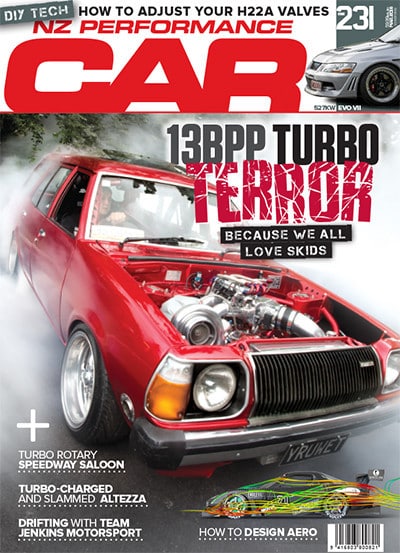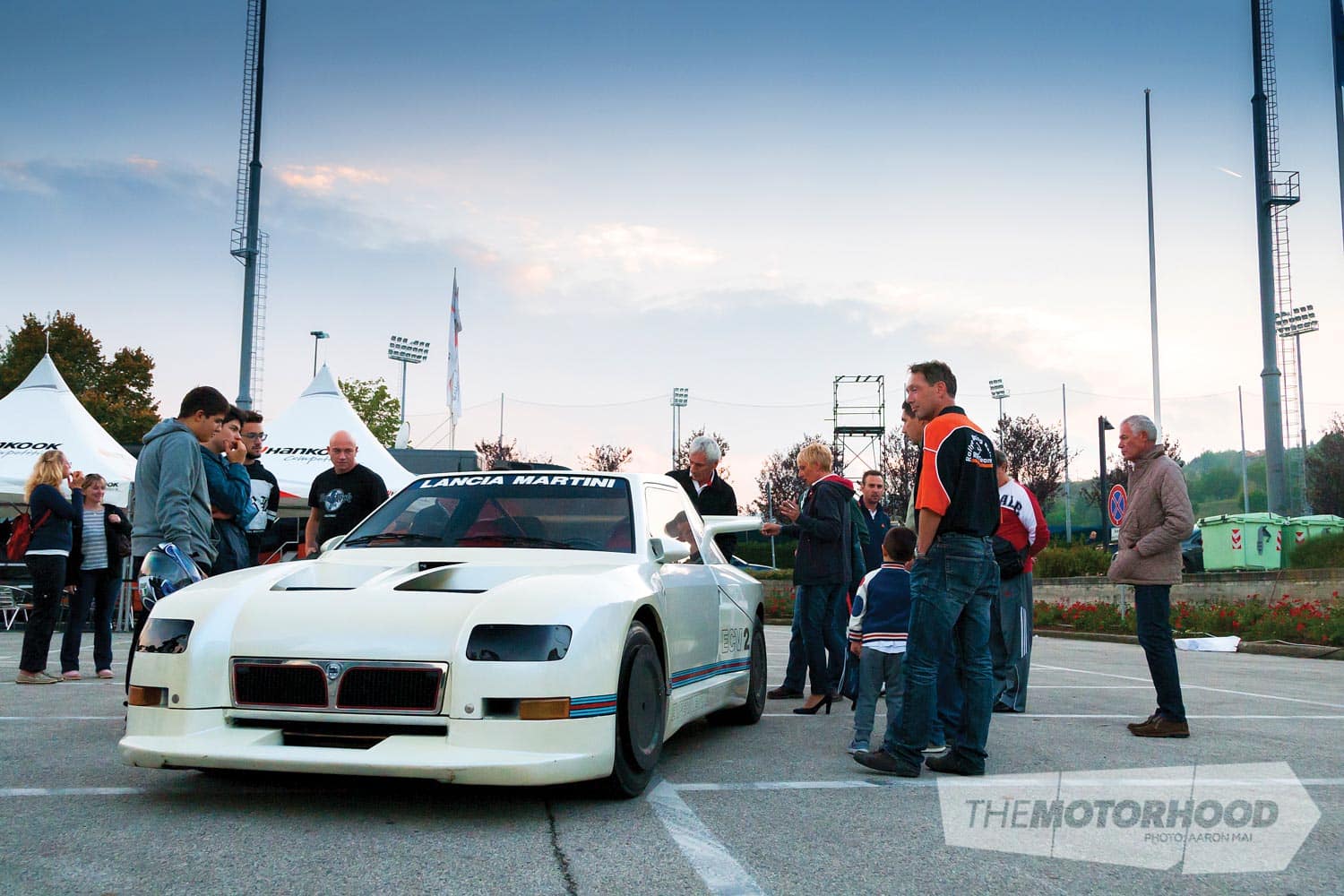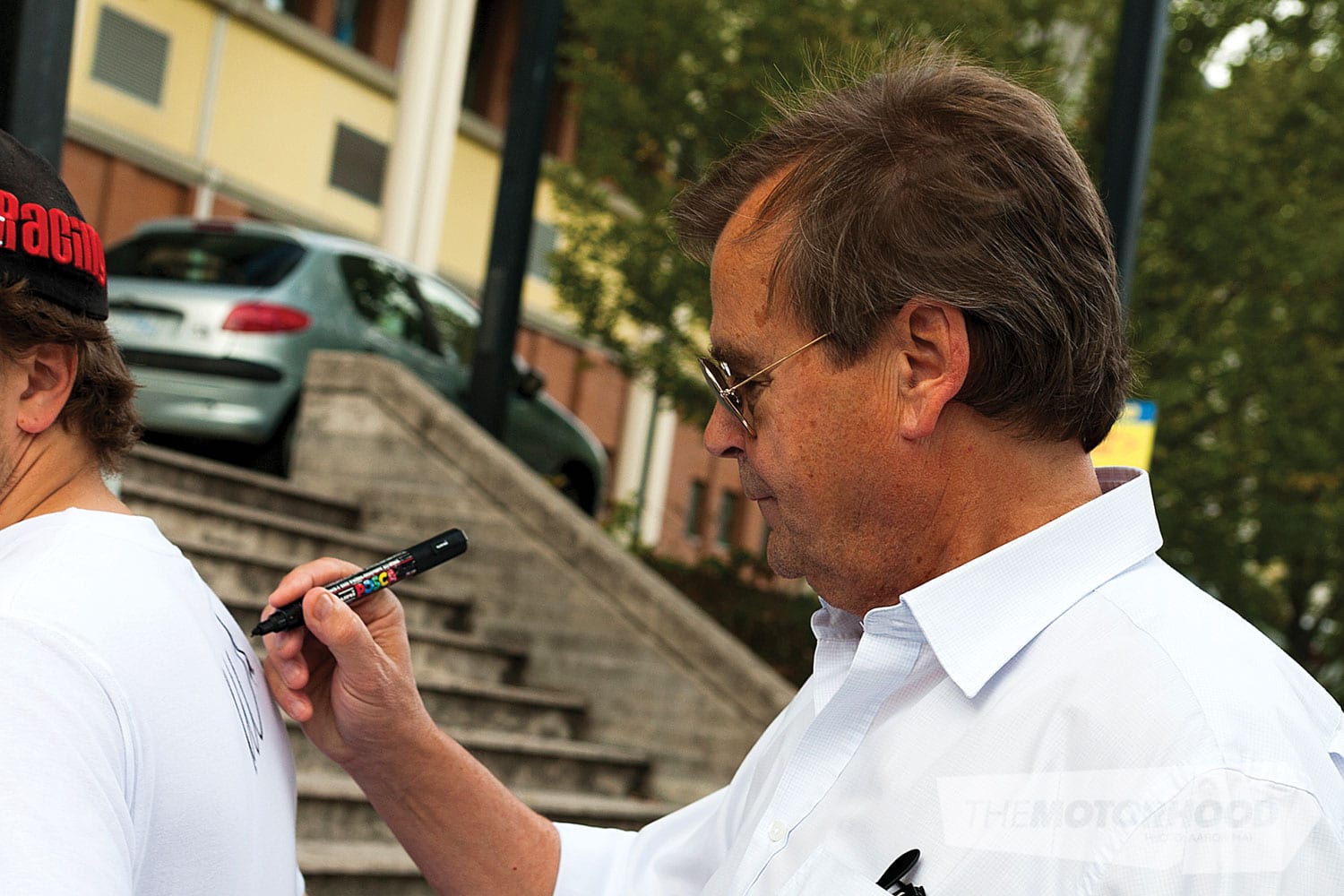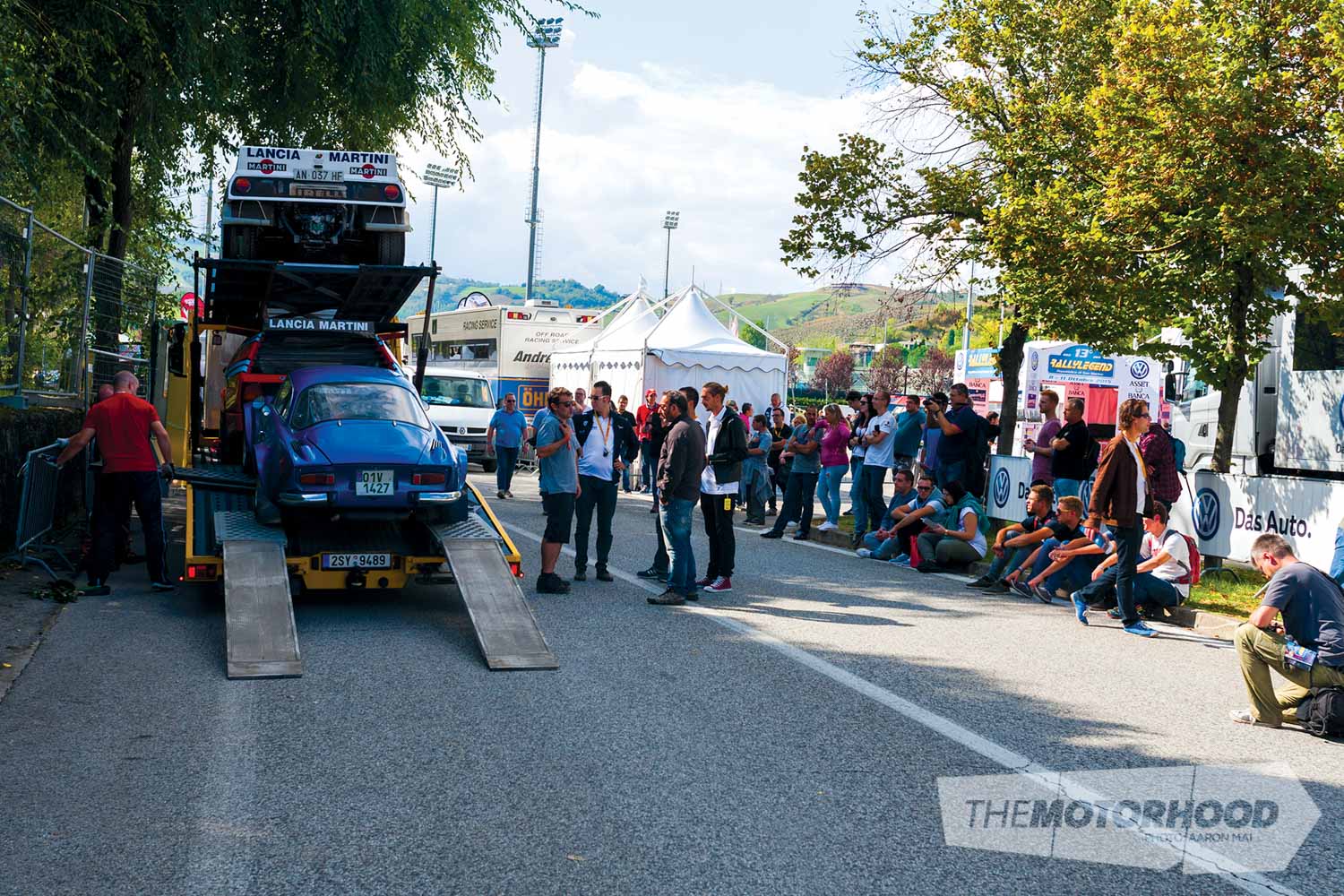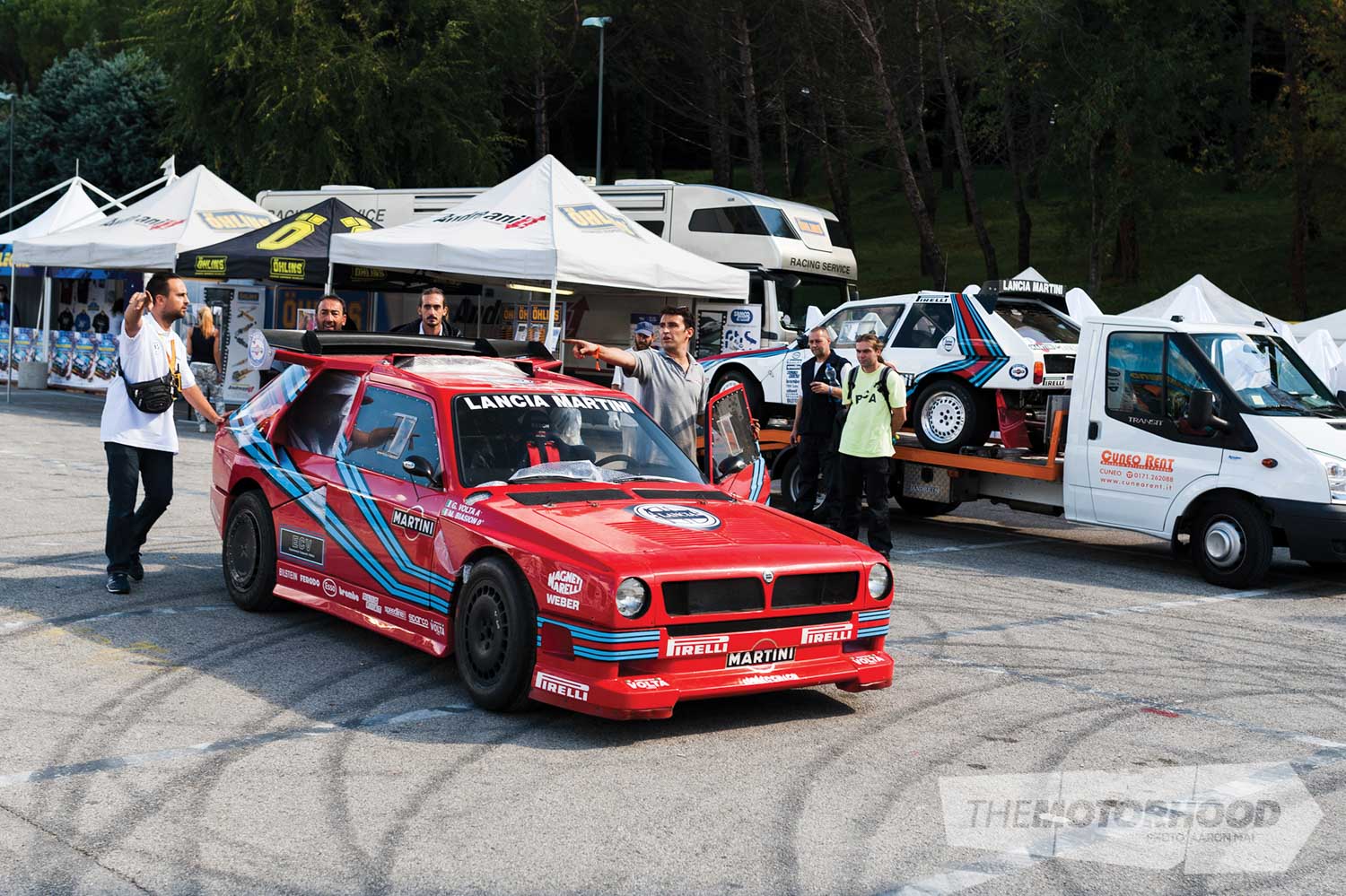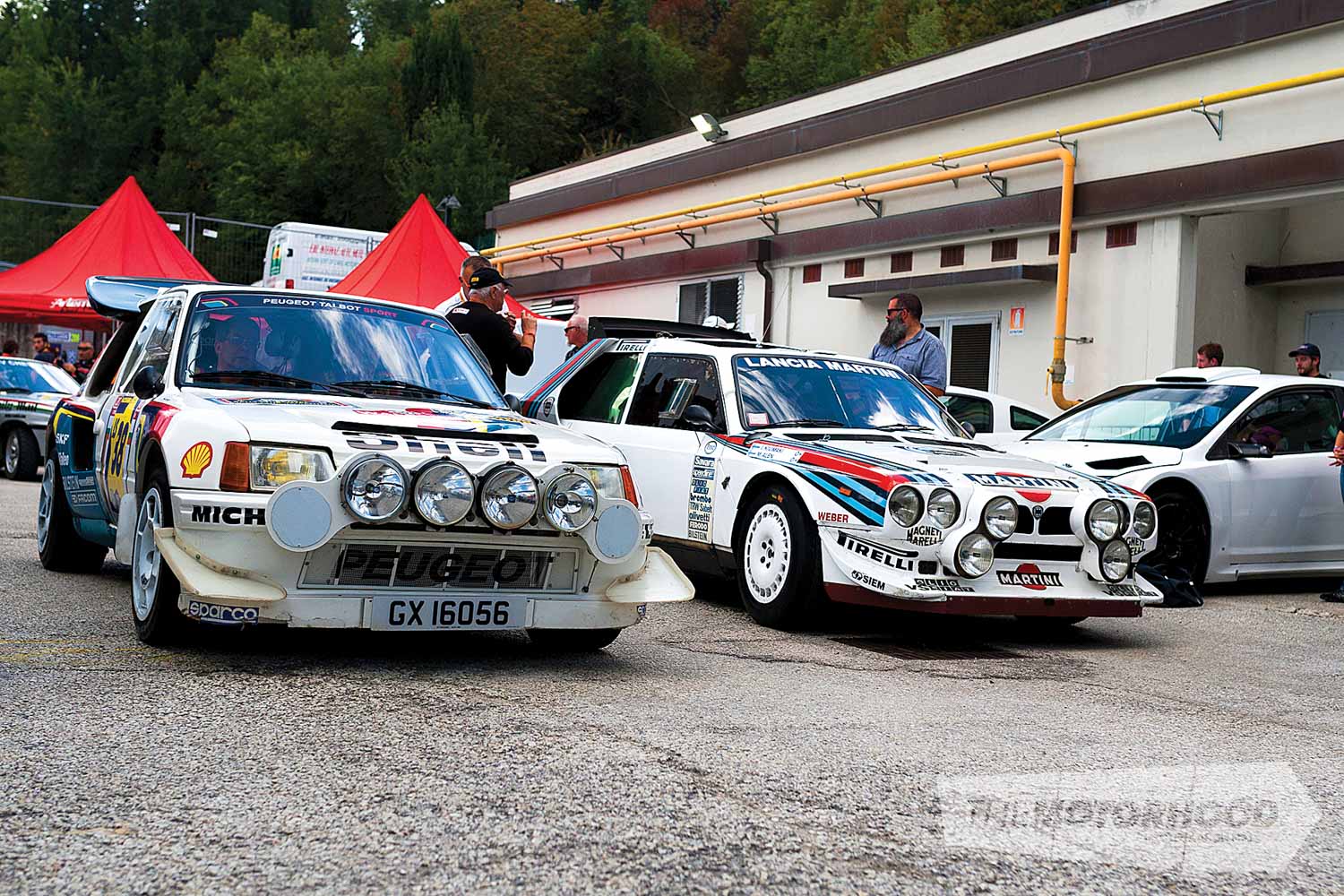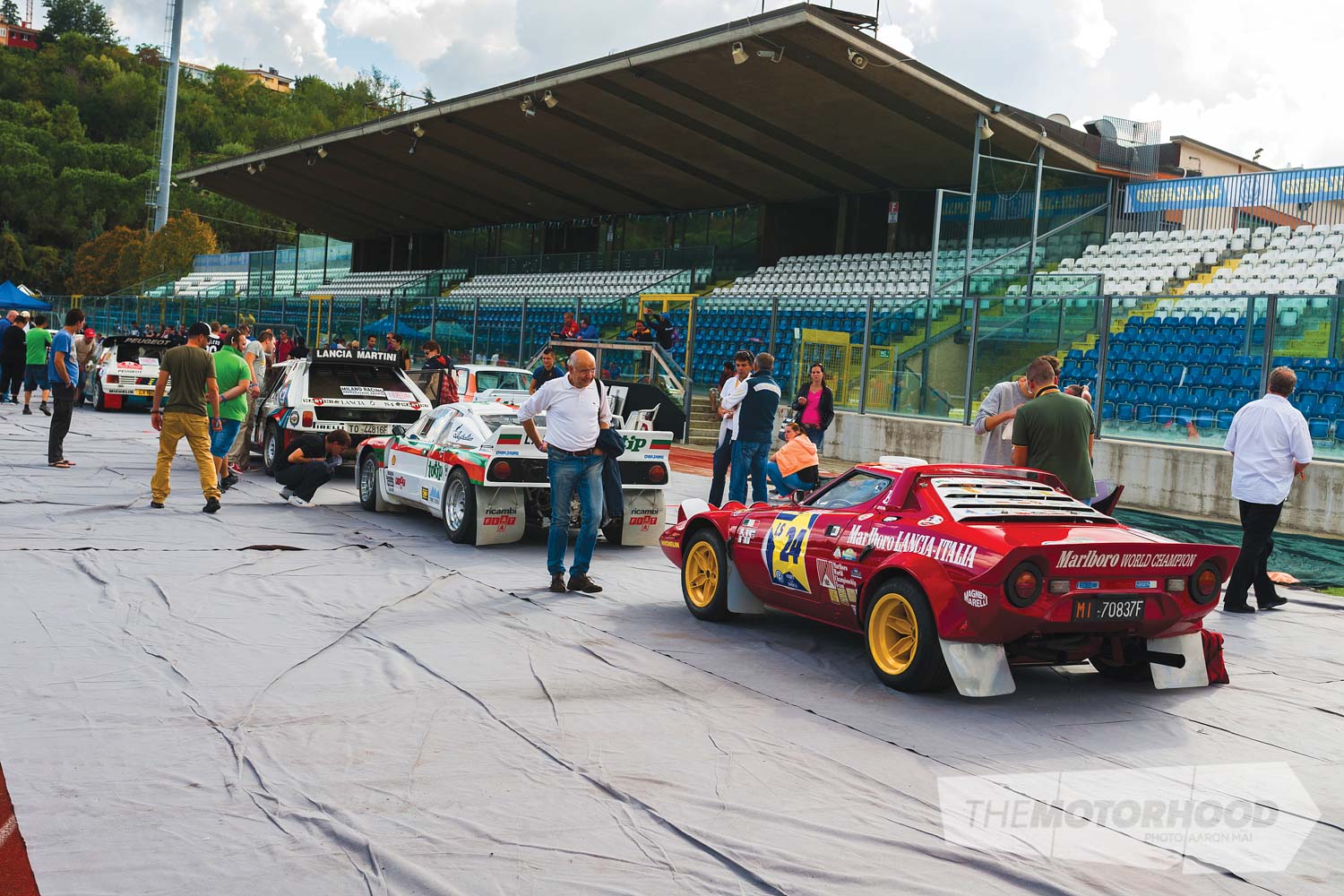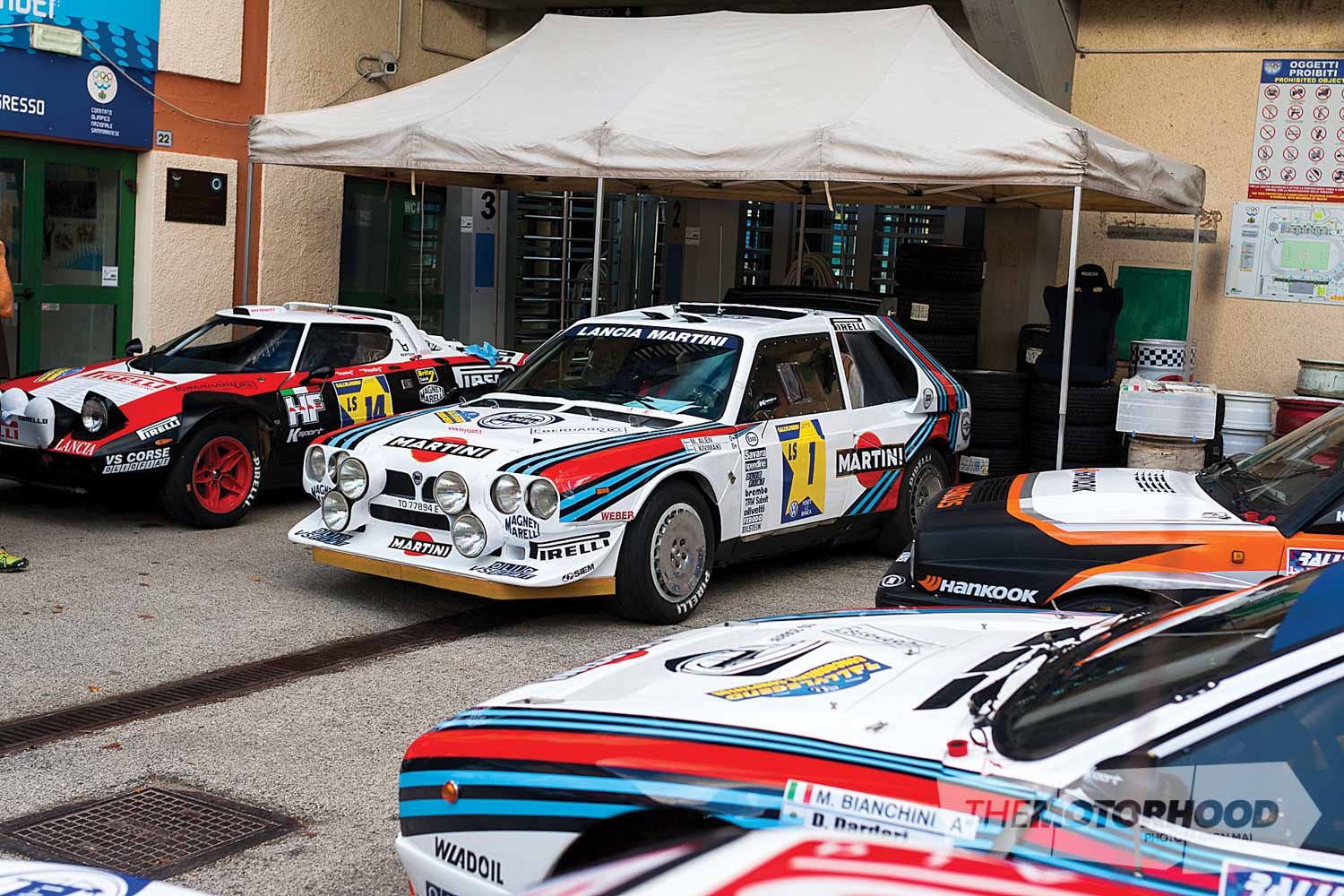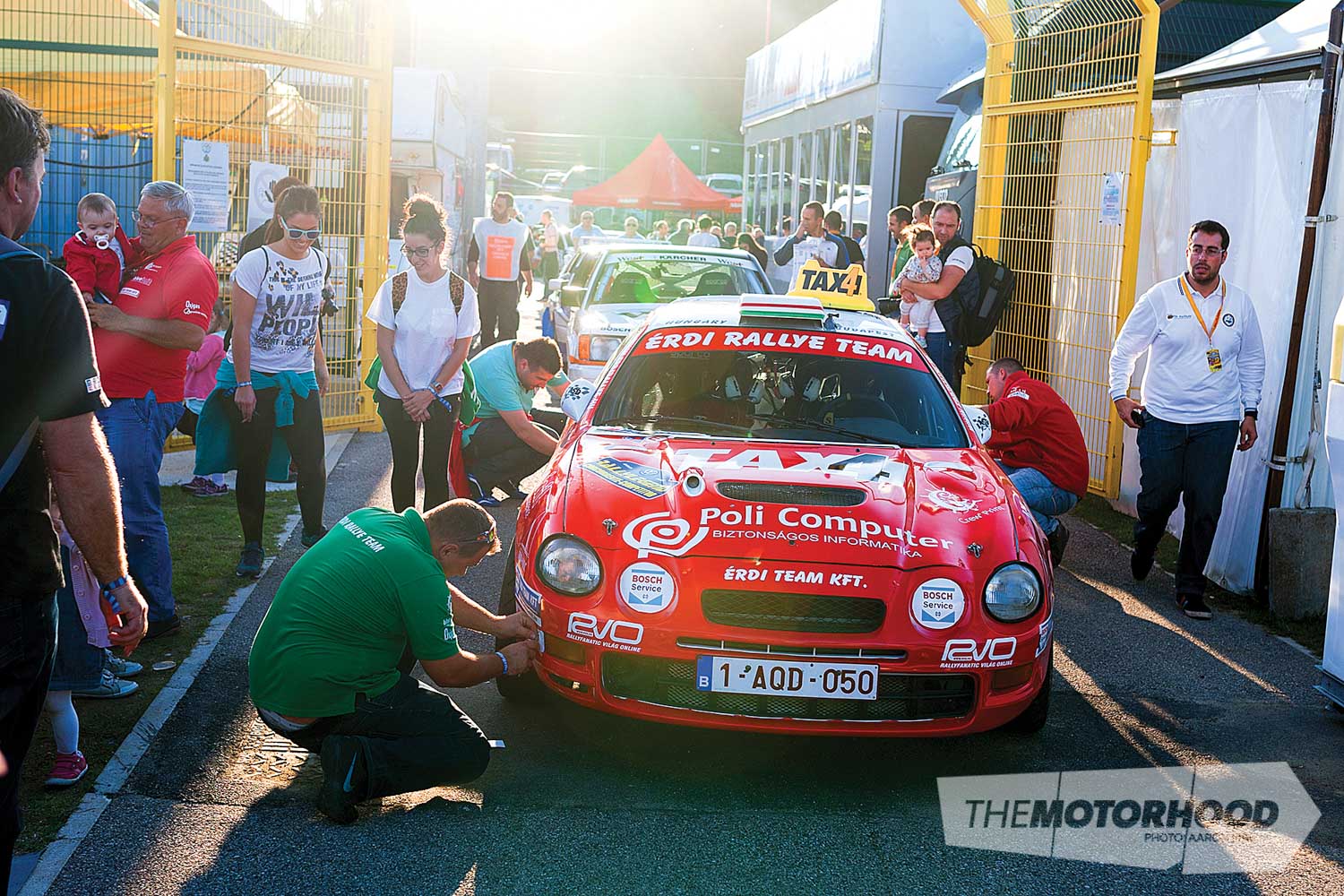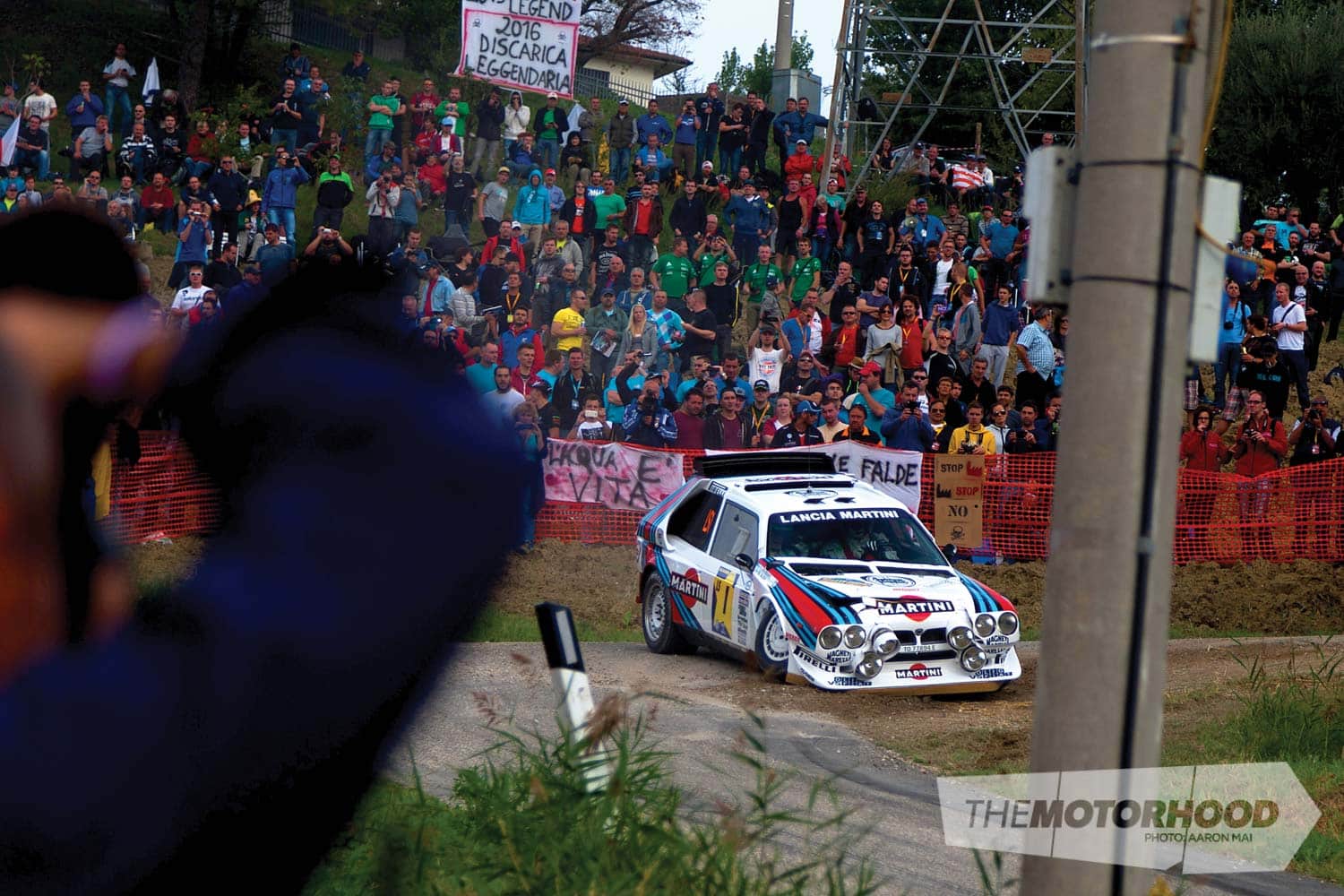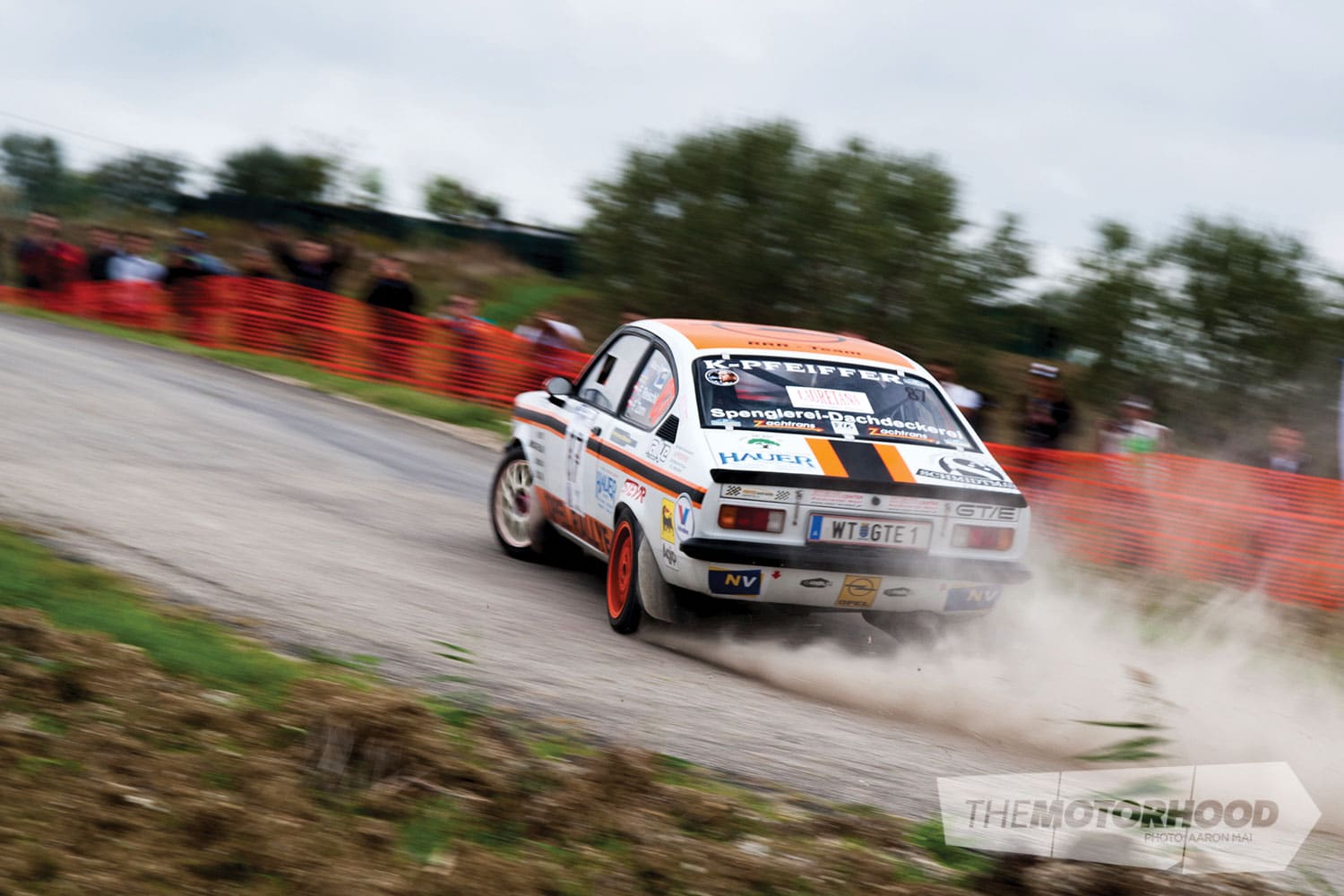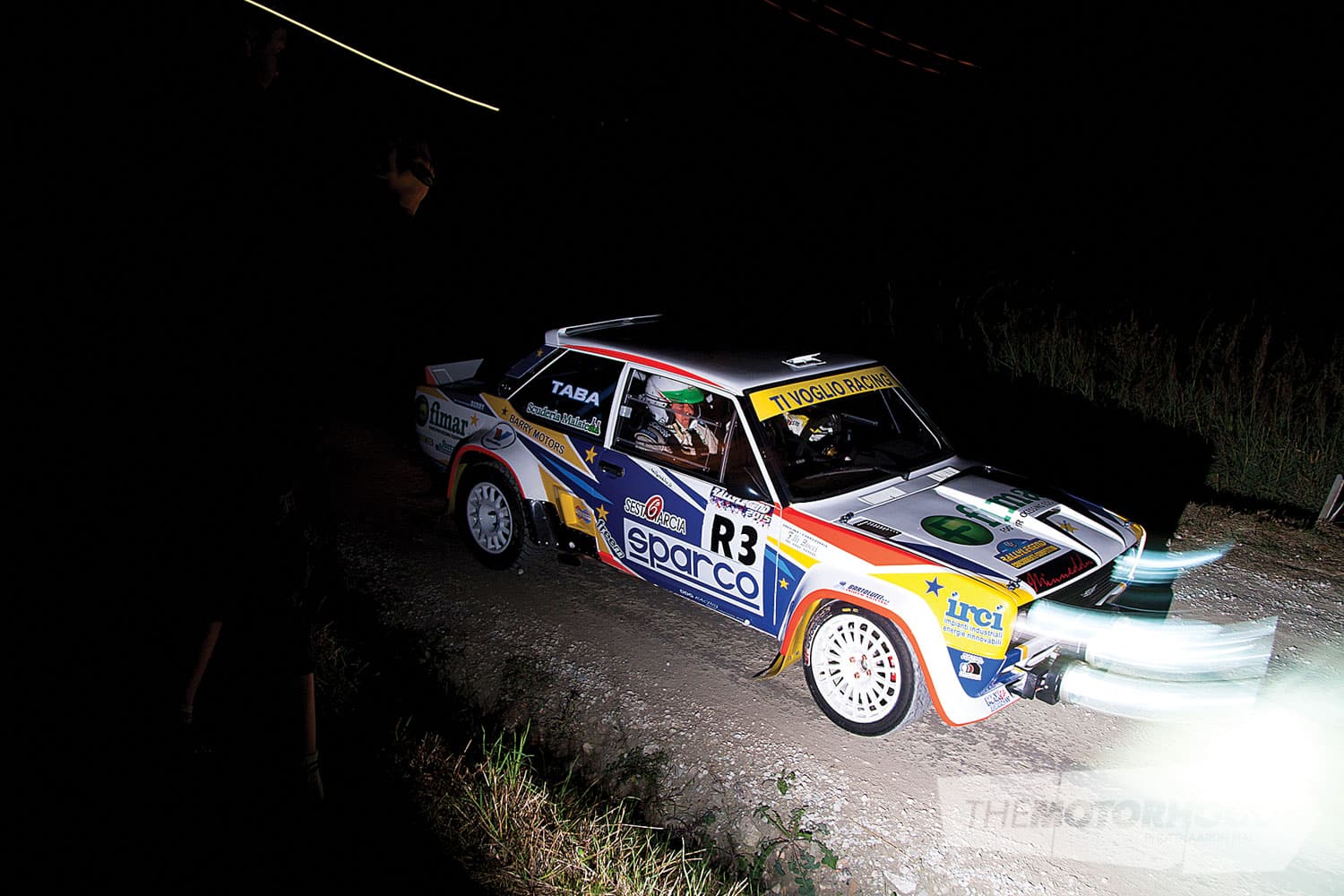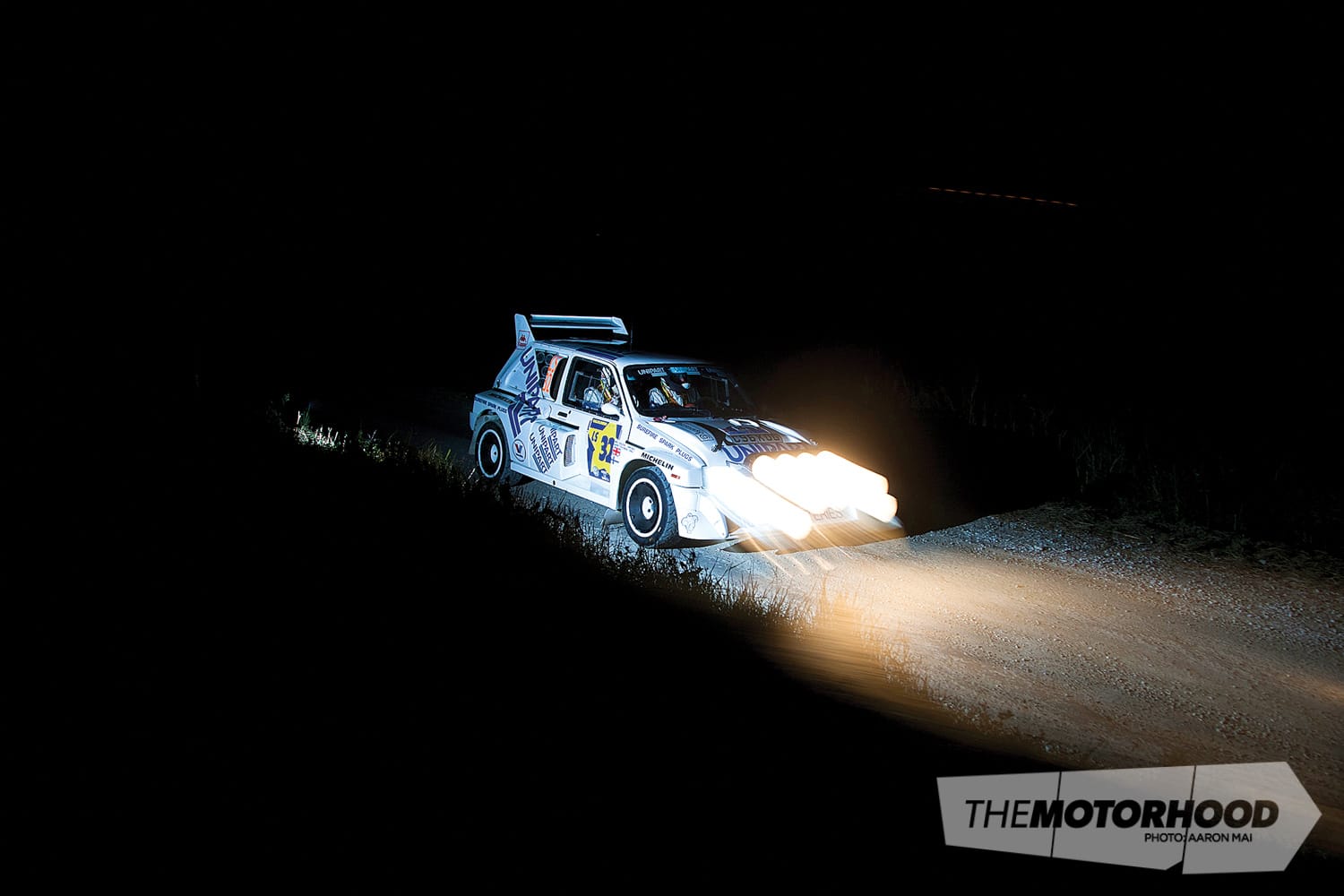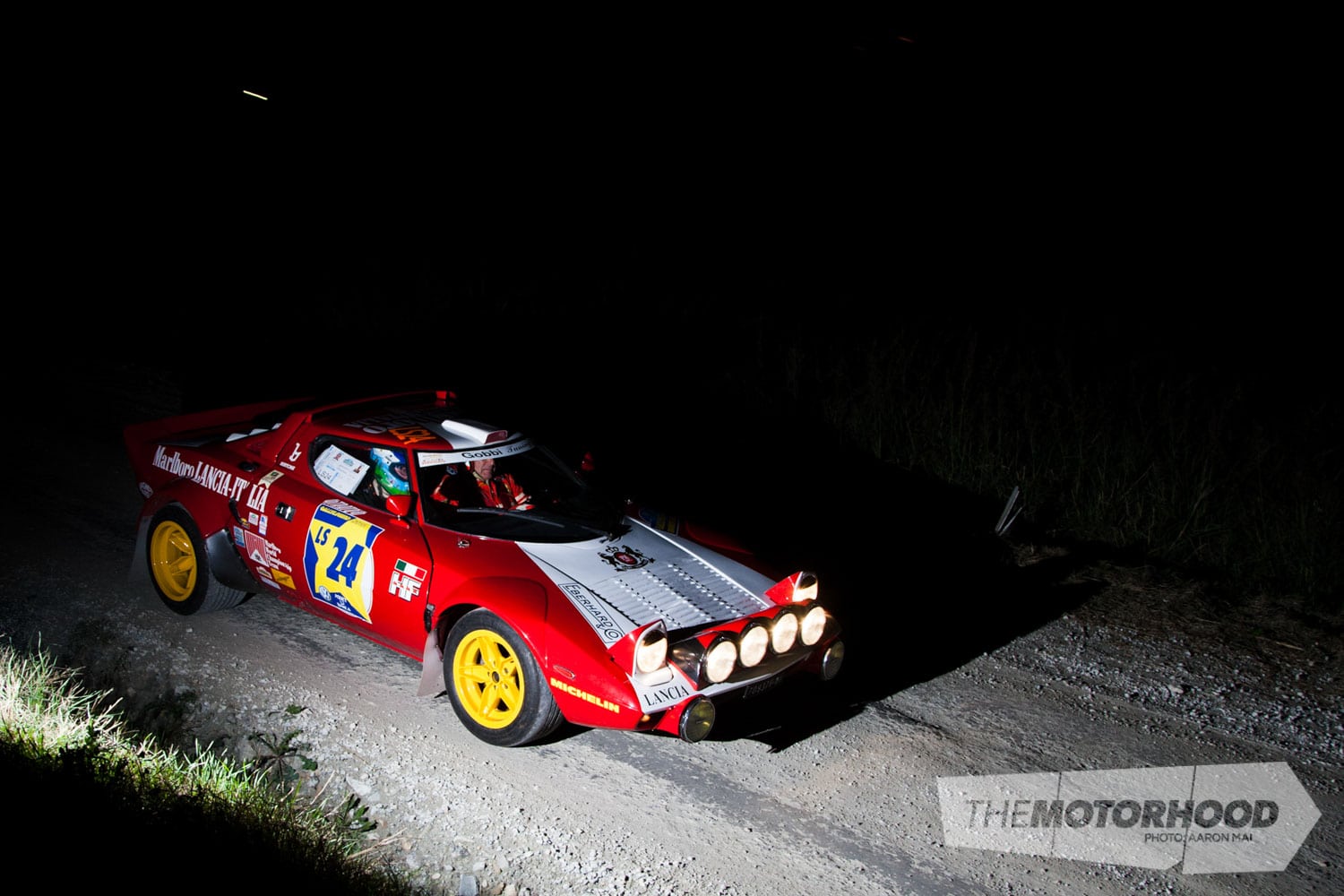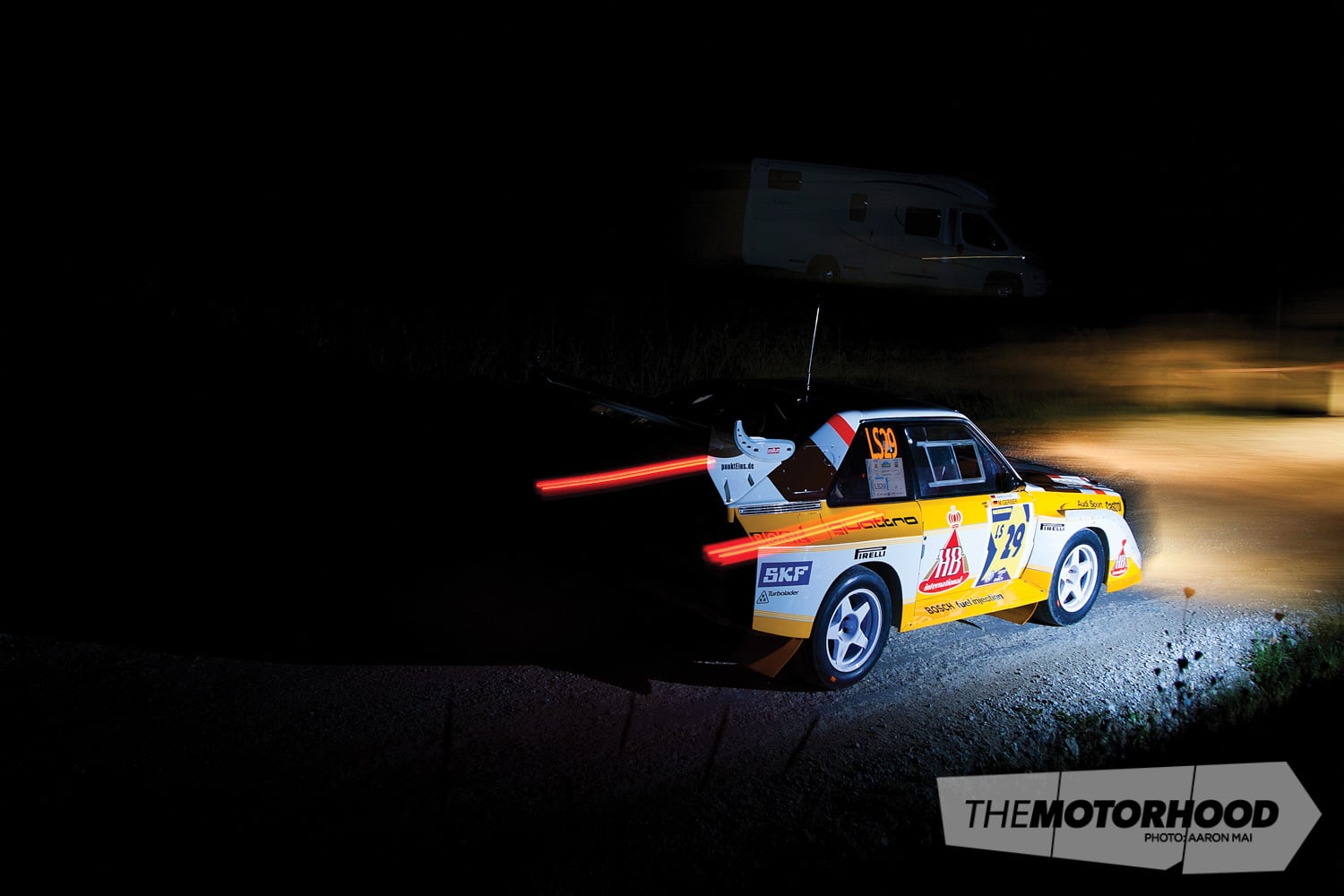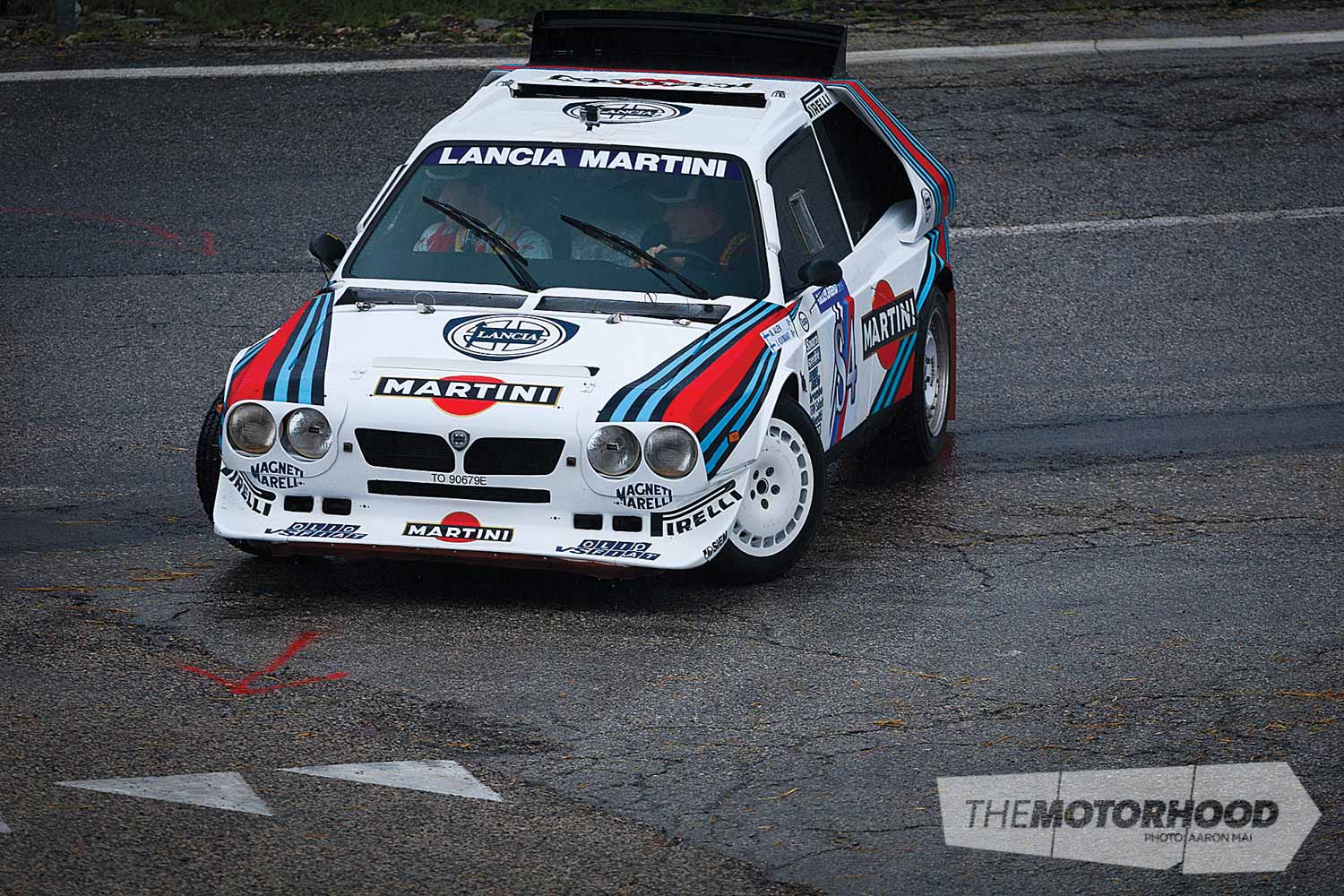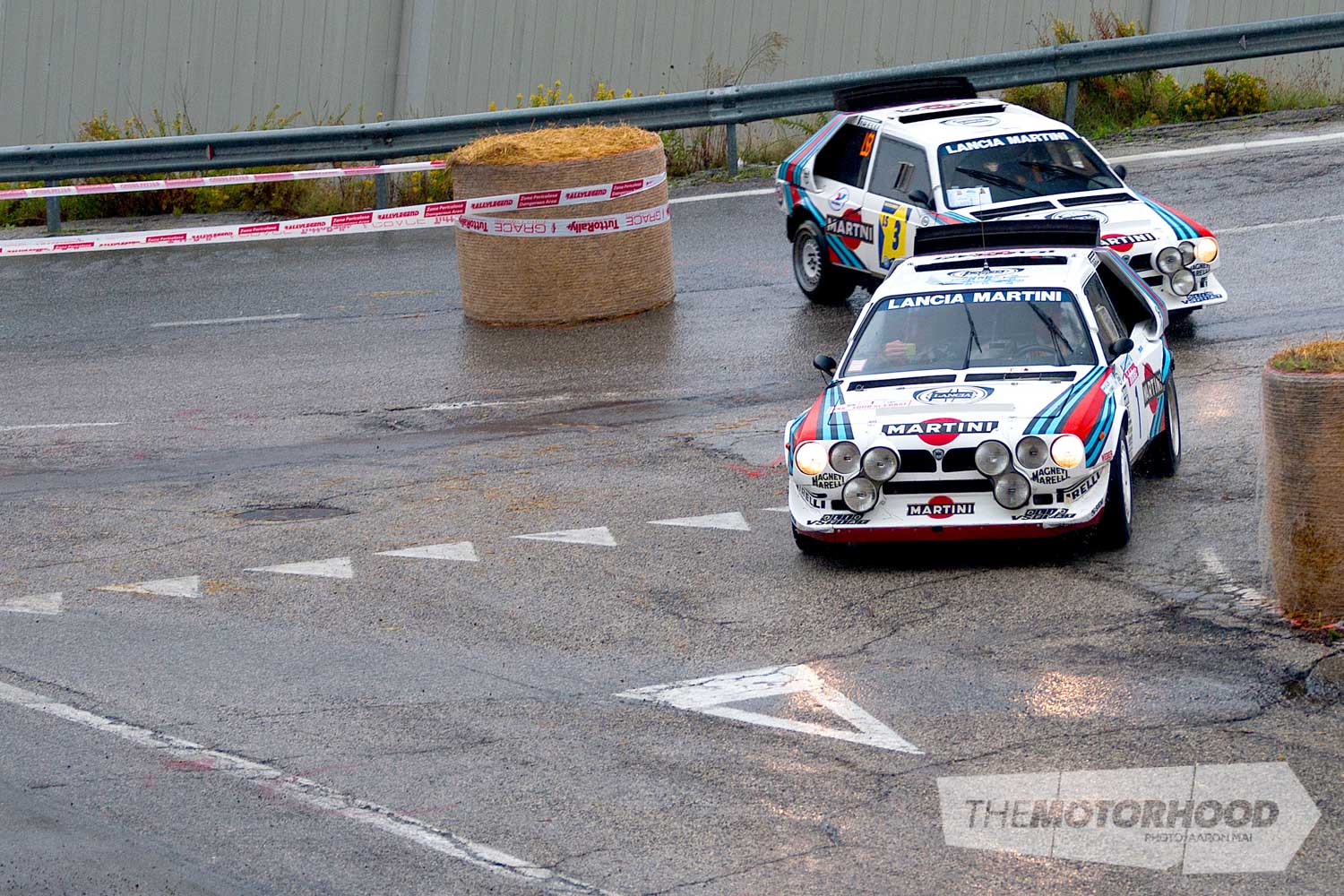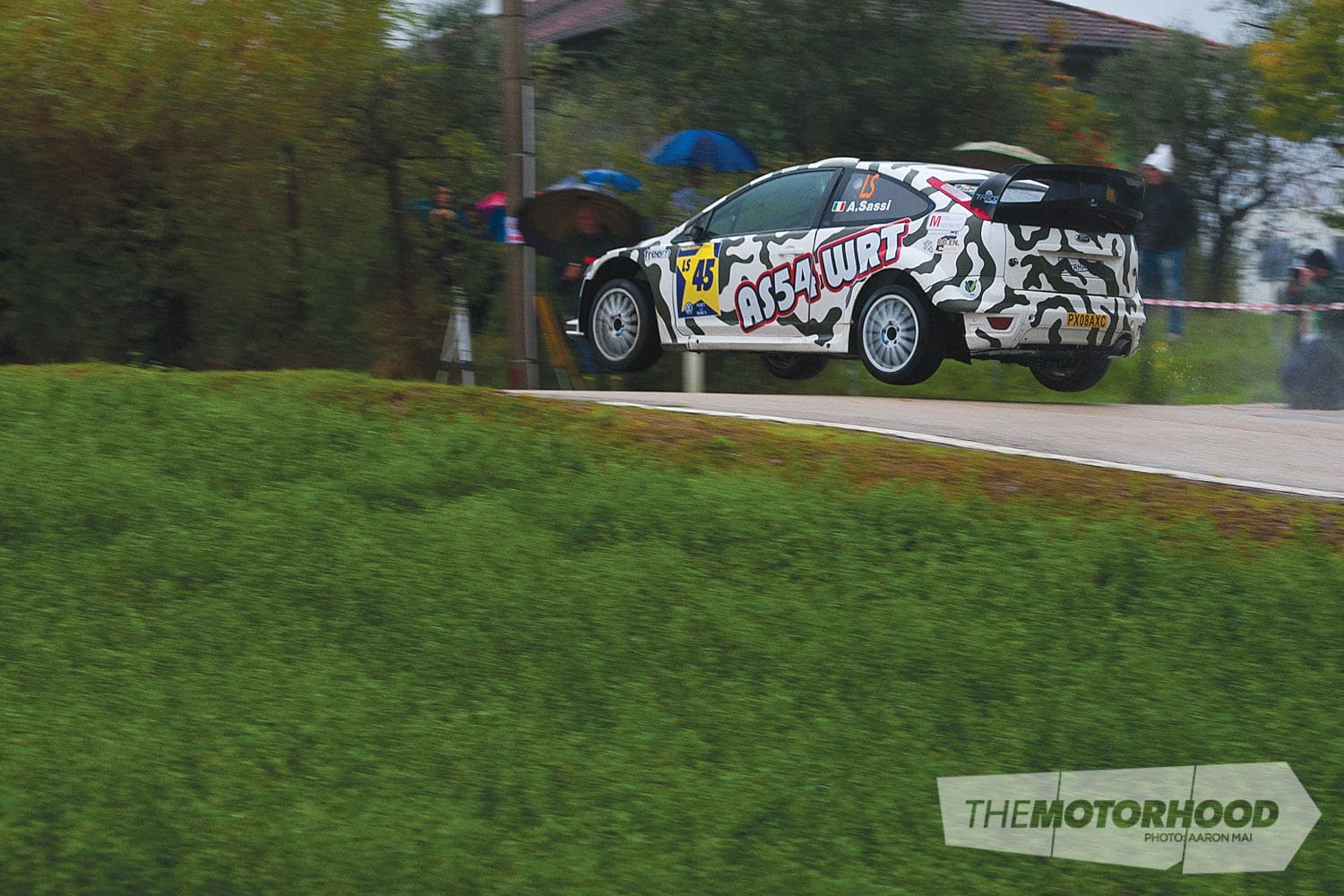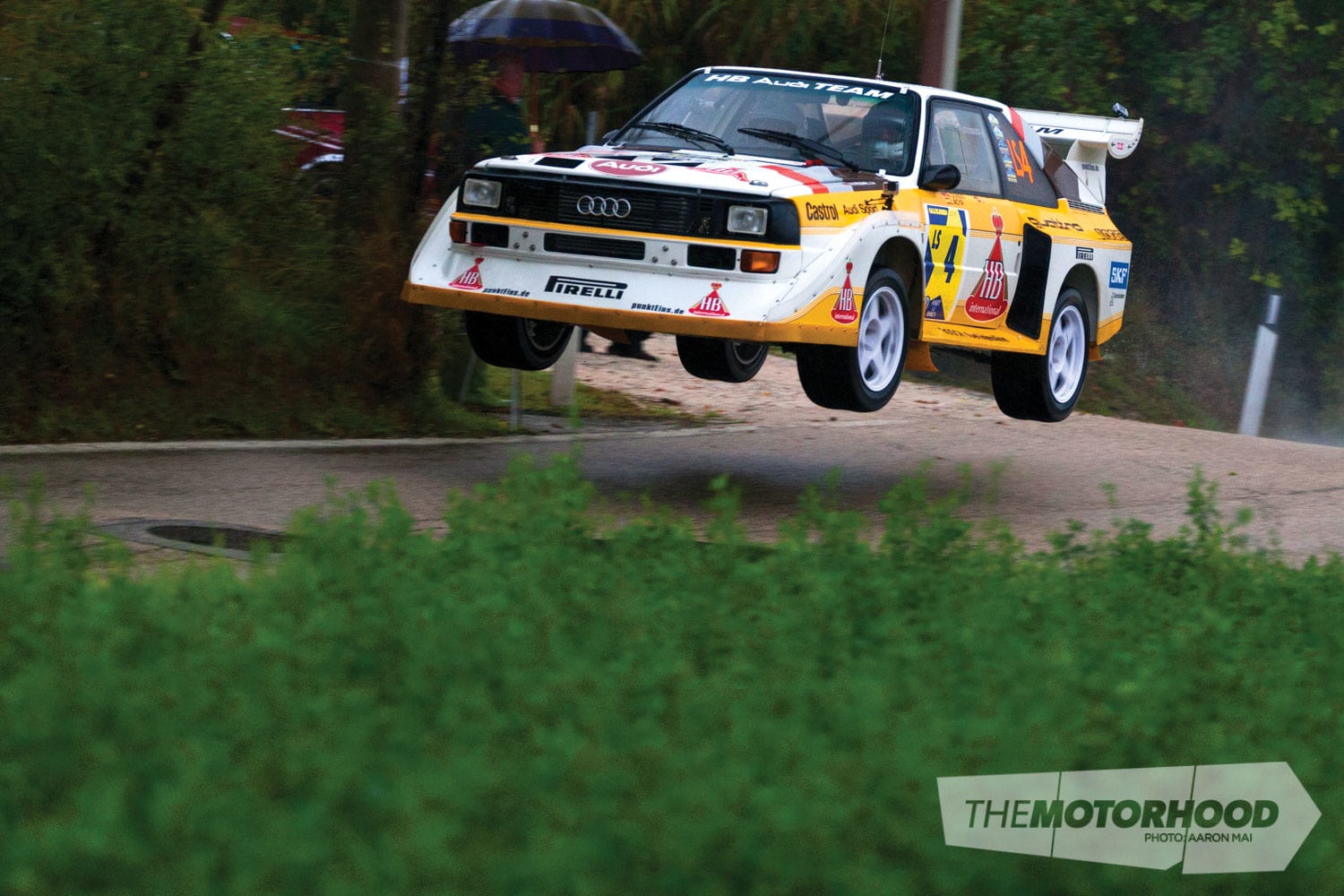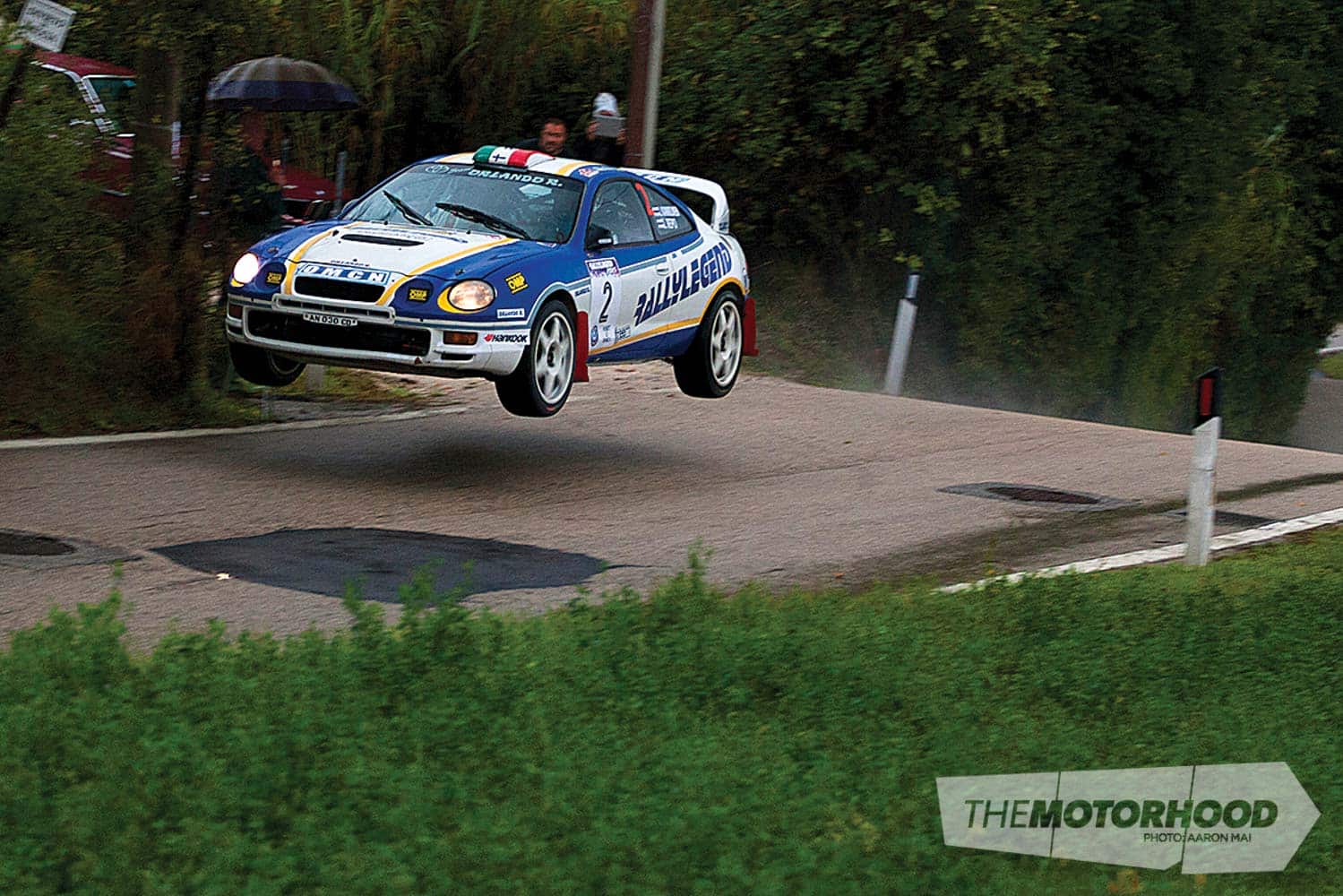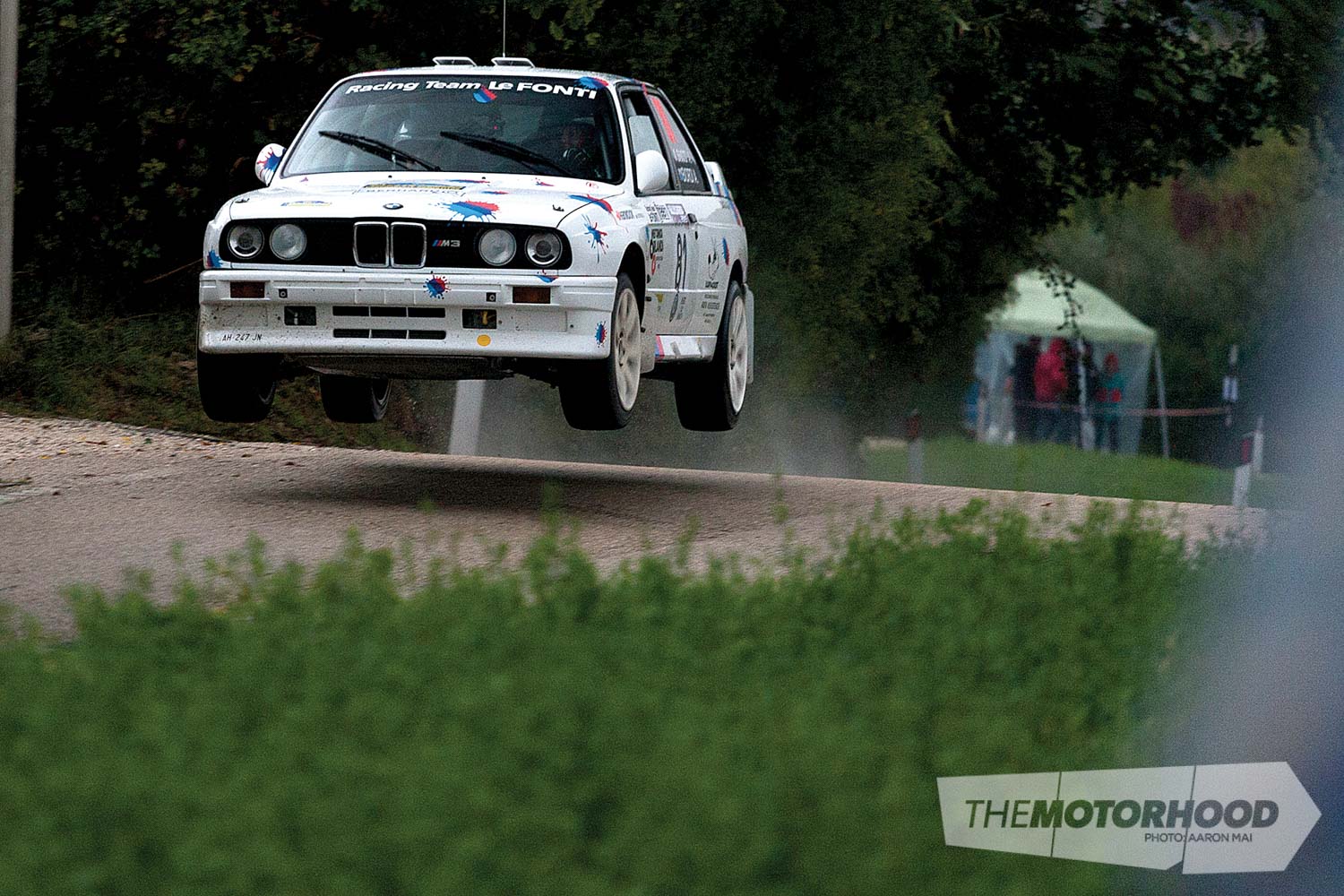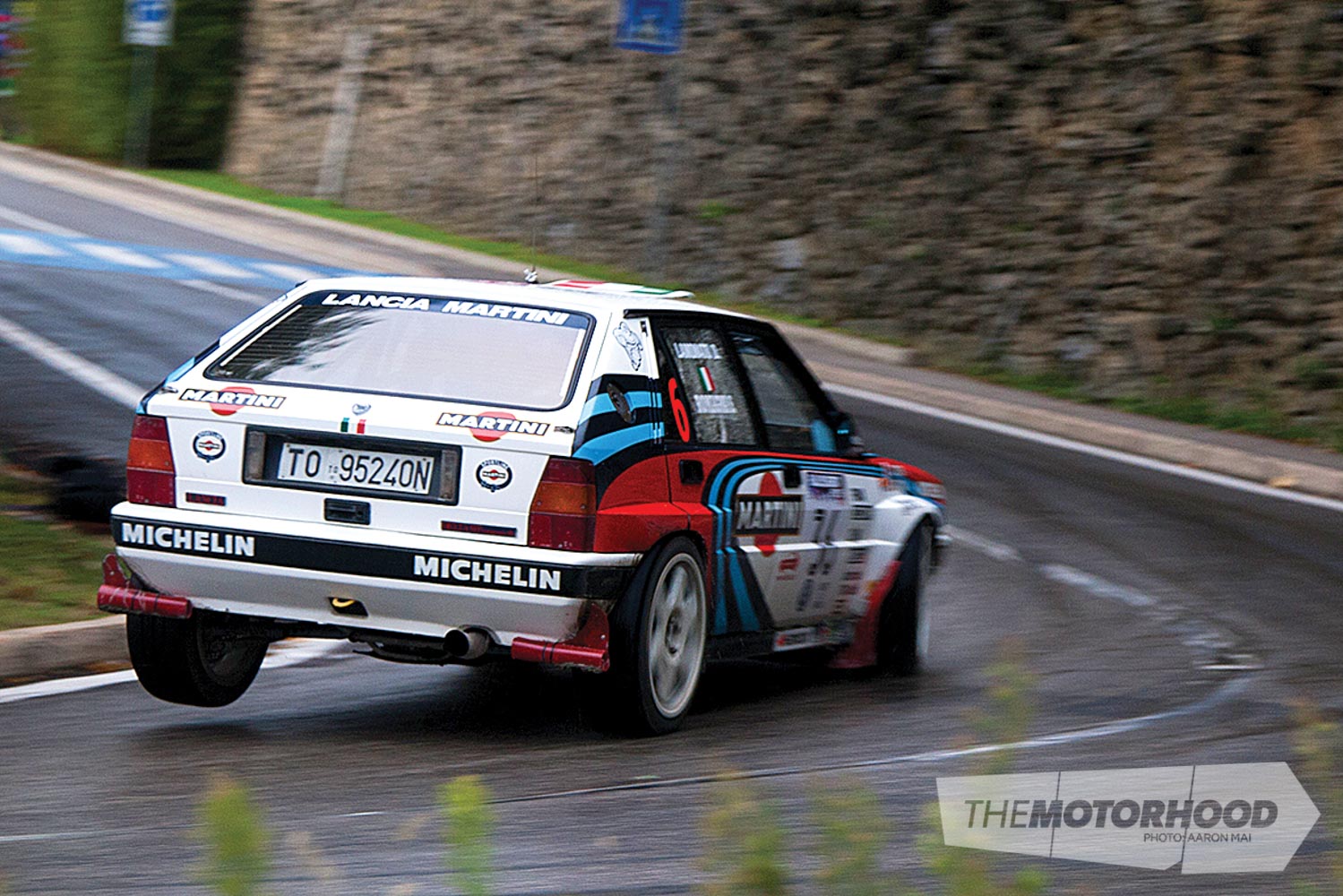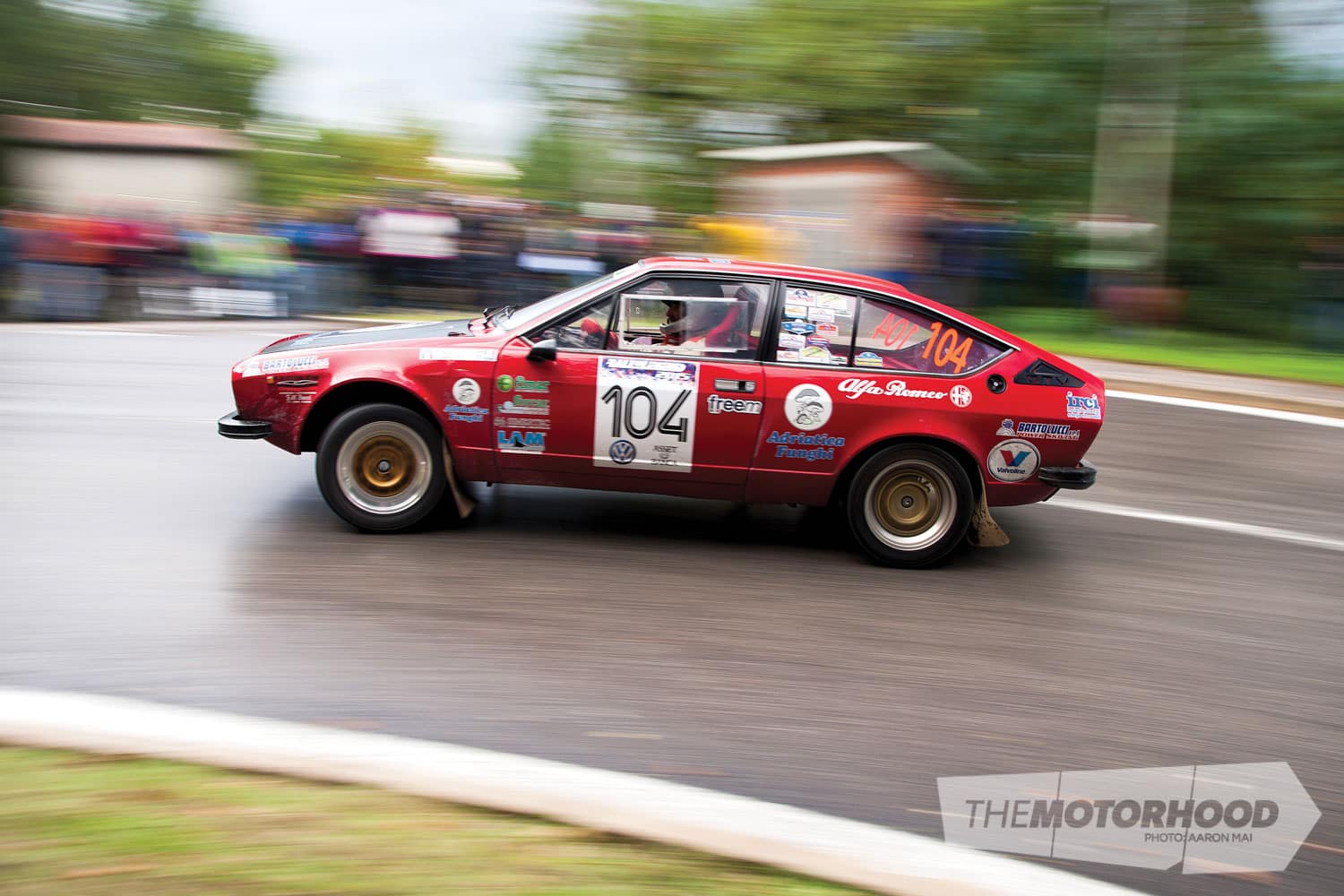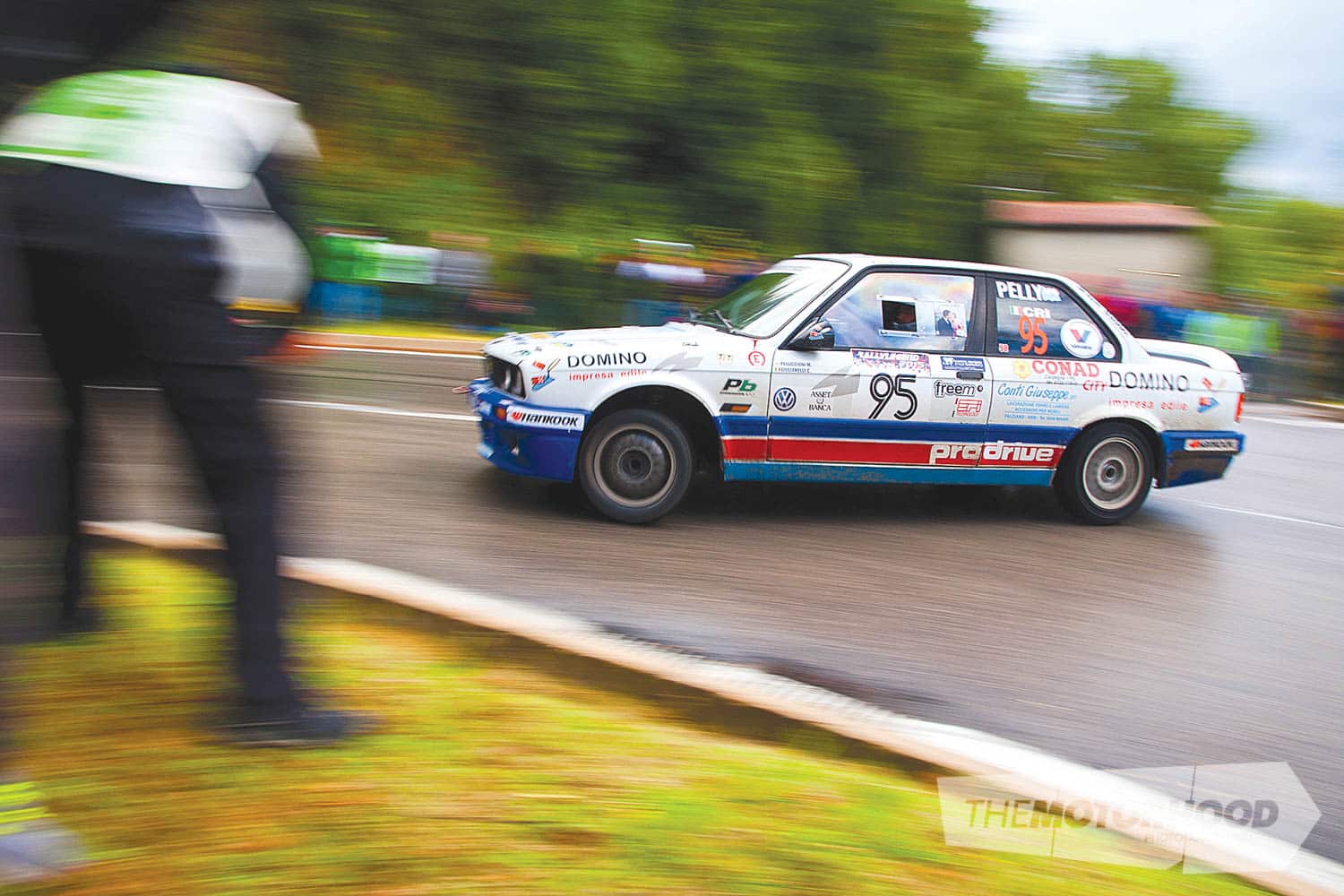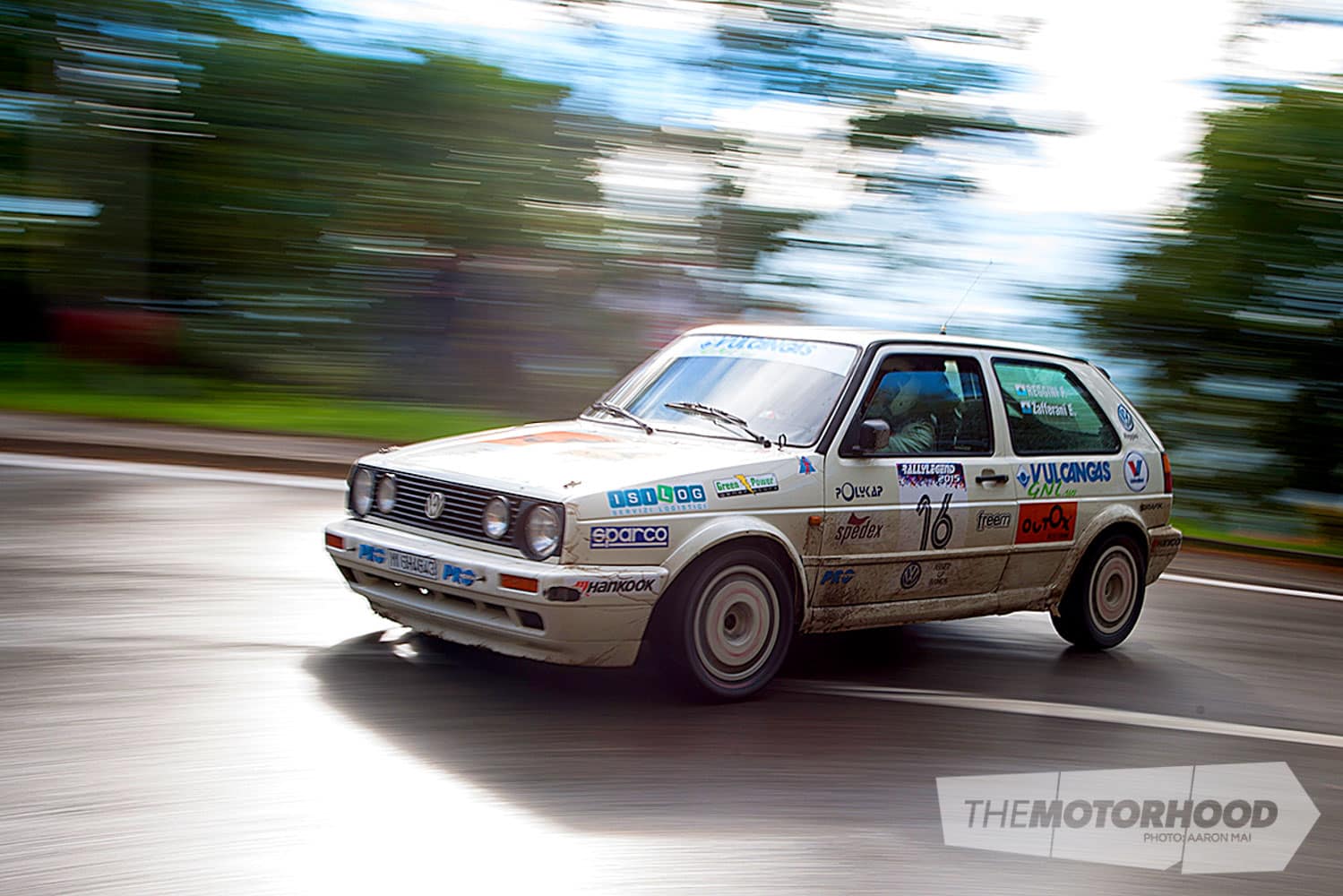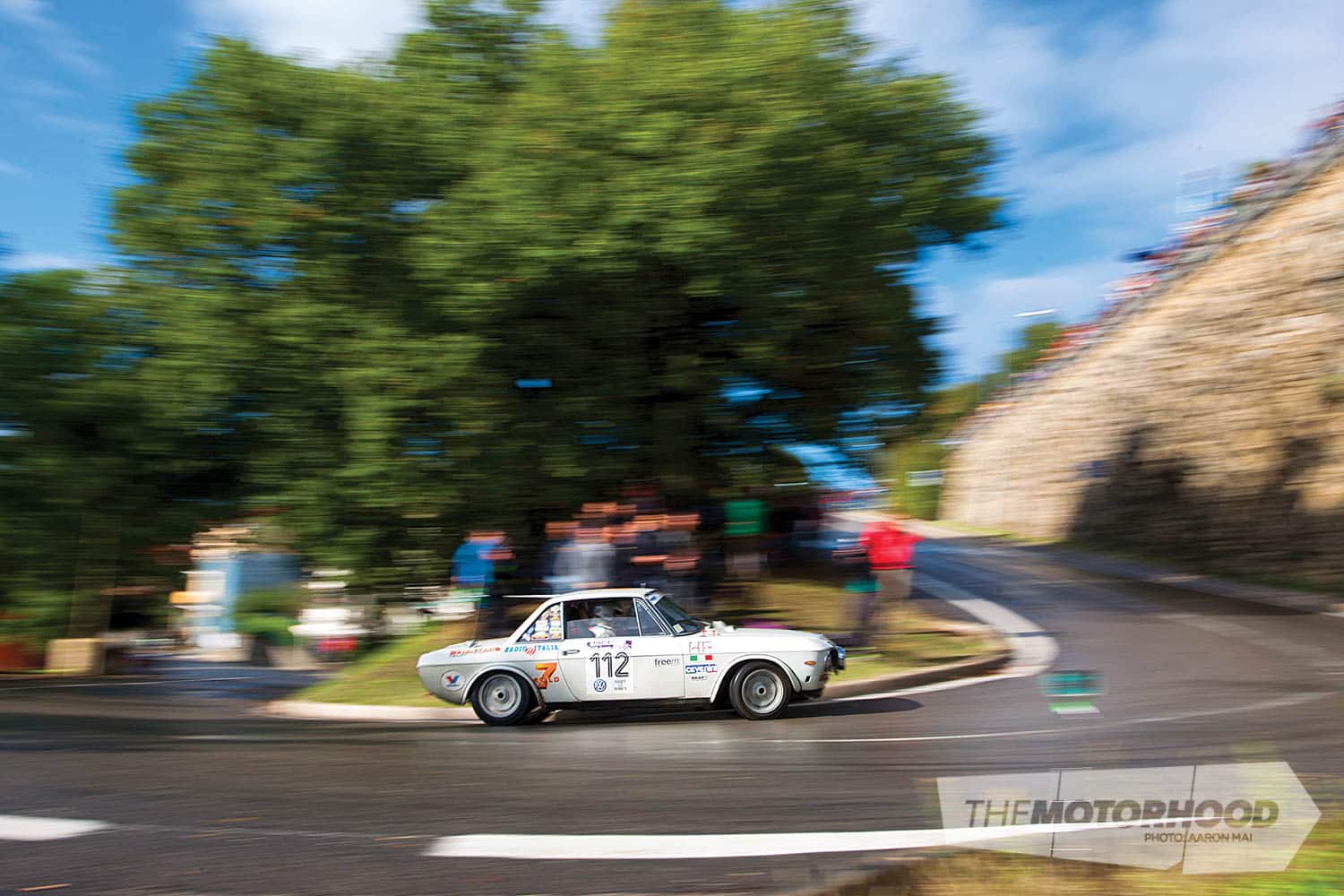data-animation-override>
“Letting the monsters of group b loose once more”
“This car reacts faster than I can think; it is impossible to keep up with it!” These were the words that Timo Salonen uttered to waiting media when he pulled his Peugeot 205T16 into time control in 1986. As the beads of sweat on his face glistened under the setting Finnish sun, he pulled out a cigarette, lit up, and surveyed the time-control board. A trail of smoke crept out through the Perspex side window of the angrily rumbling Peugeot as he engaged first gear and idled off to the next stage.
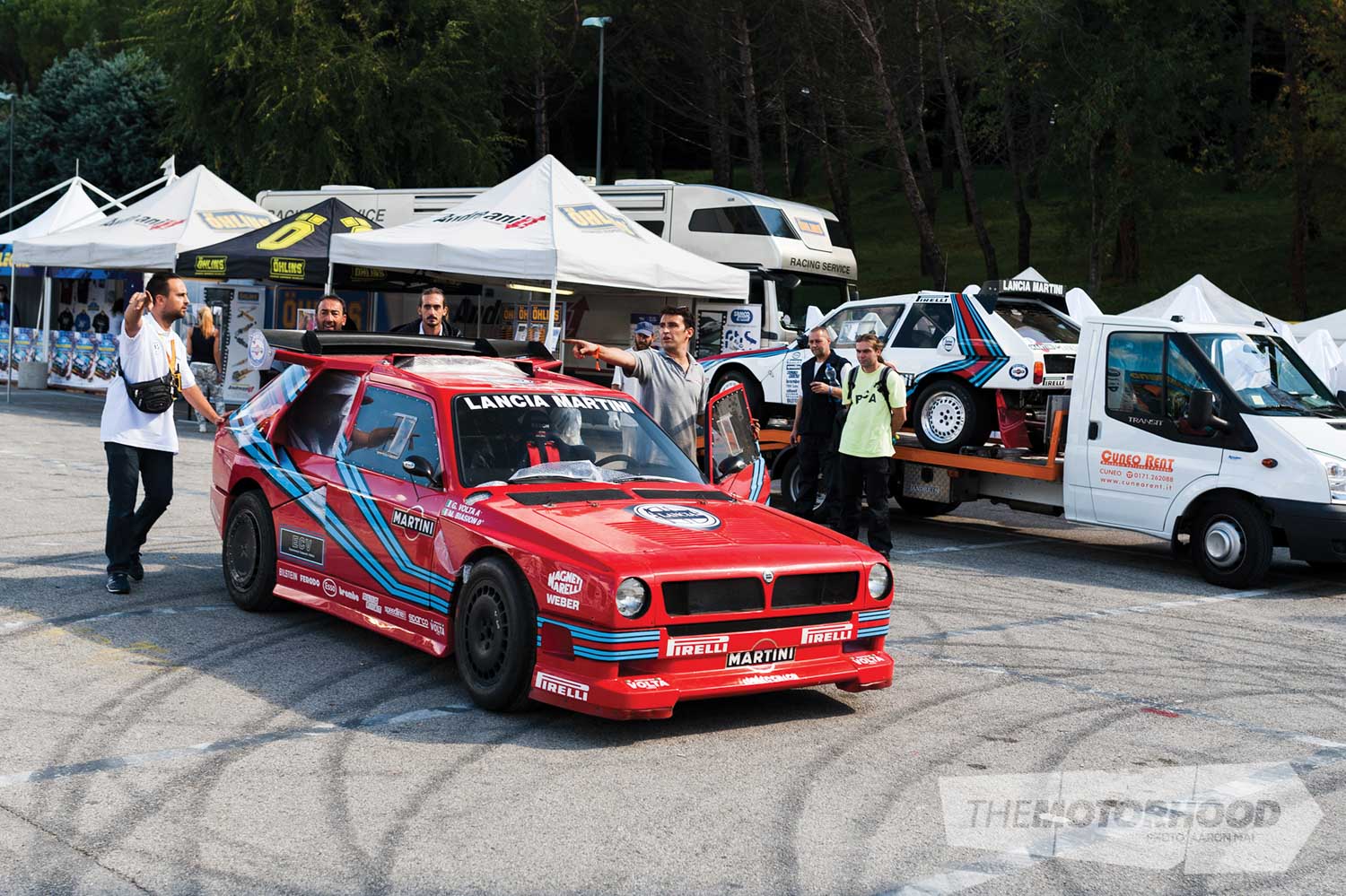
It is scenes like this that are forever gone from rallying. There is no doubt that the ’80s were the wildest years and that the Group B machines were the Sex Pistols of the rally scene. For some, it’s an era that will be forever remembered in a romantic sense; yet, for others, it was the aura of death and danger that lingers in their memory. Either way, Group B will forever hold a special place in rally fans’ hearts, and it is unfortunate that the fans of today will never experience the excitement of those magical years when development moved faster than red tape, safety was secondary, and blind faith was what piloted the cars down each special stage.
But one event each year pays homage to that golden decade, the machines, and the drivers it claimed: held in San Marino, Italy, it is appropriately called ‘Rallylegend’. This is a five-day celebration of rallying heavily focused on the Group B era. The exact cars that scared drivers in the ’80s are gathered up, and many are reunited with their original pilots for three days of tarmac-rally action. Lancia, Peugeot, Audi, Ferrari, Fiat, Opel, and Ford are among some of the marques to be found there.
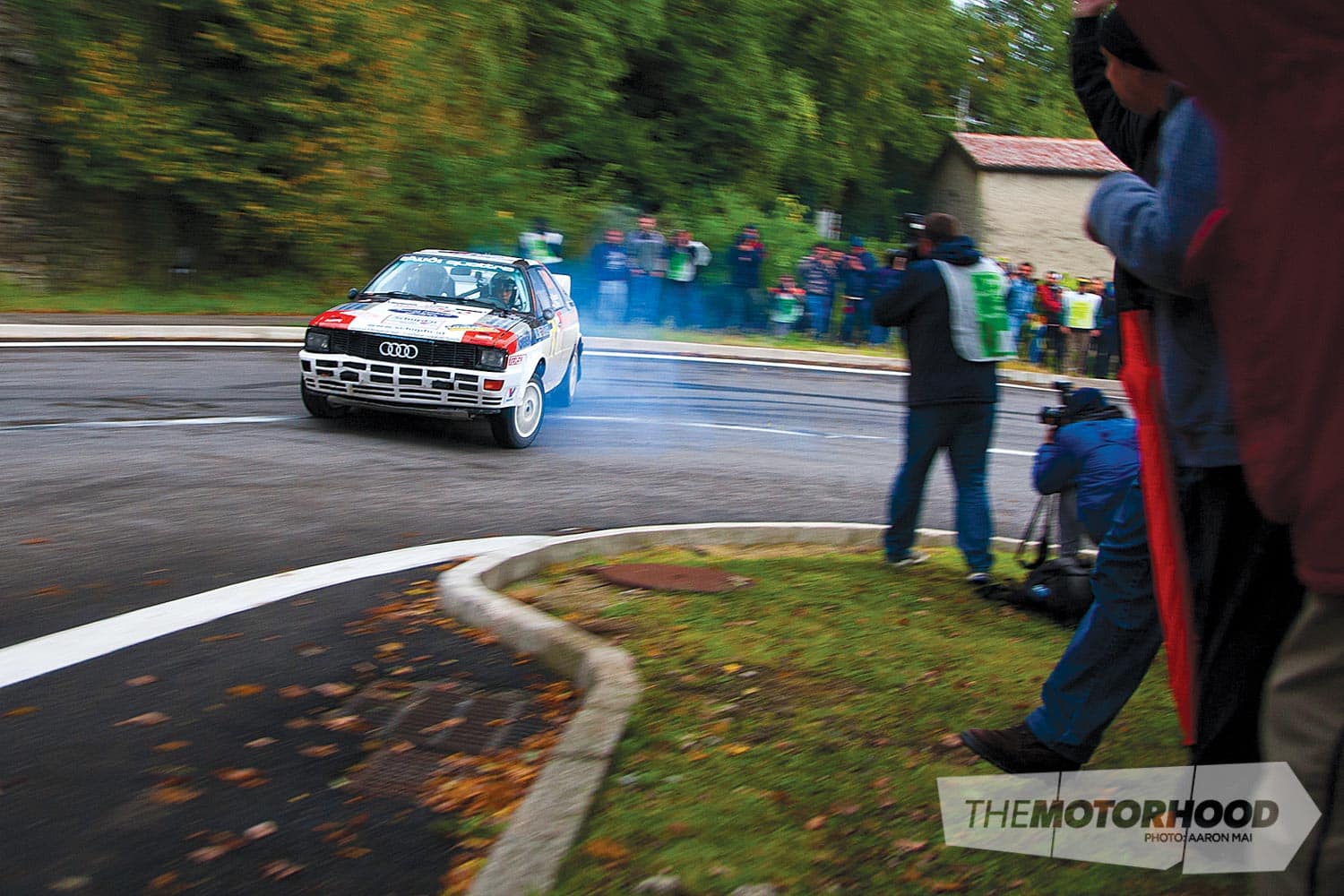
Able to dispatch 0–100kph on gravel in 2.3 seconds, and marshalling upwards of 450kW, they were formidable weapons. That’s not much power by today’s standards, but, when it’s delivered by a vehicle with no driving aids, no active differentials, and often with a turbocharger and supercharger on the same engine, all weighing in at 980kg, you start to understand why these cars quickly became the stuff of legend.
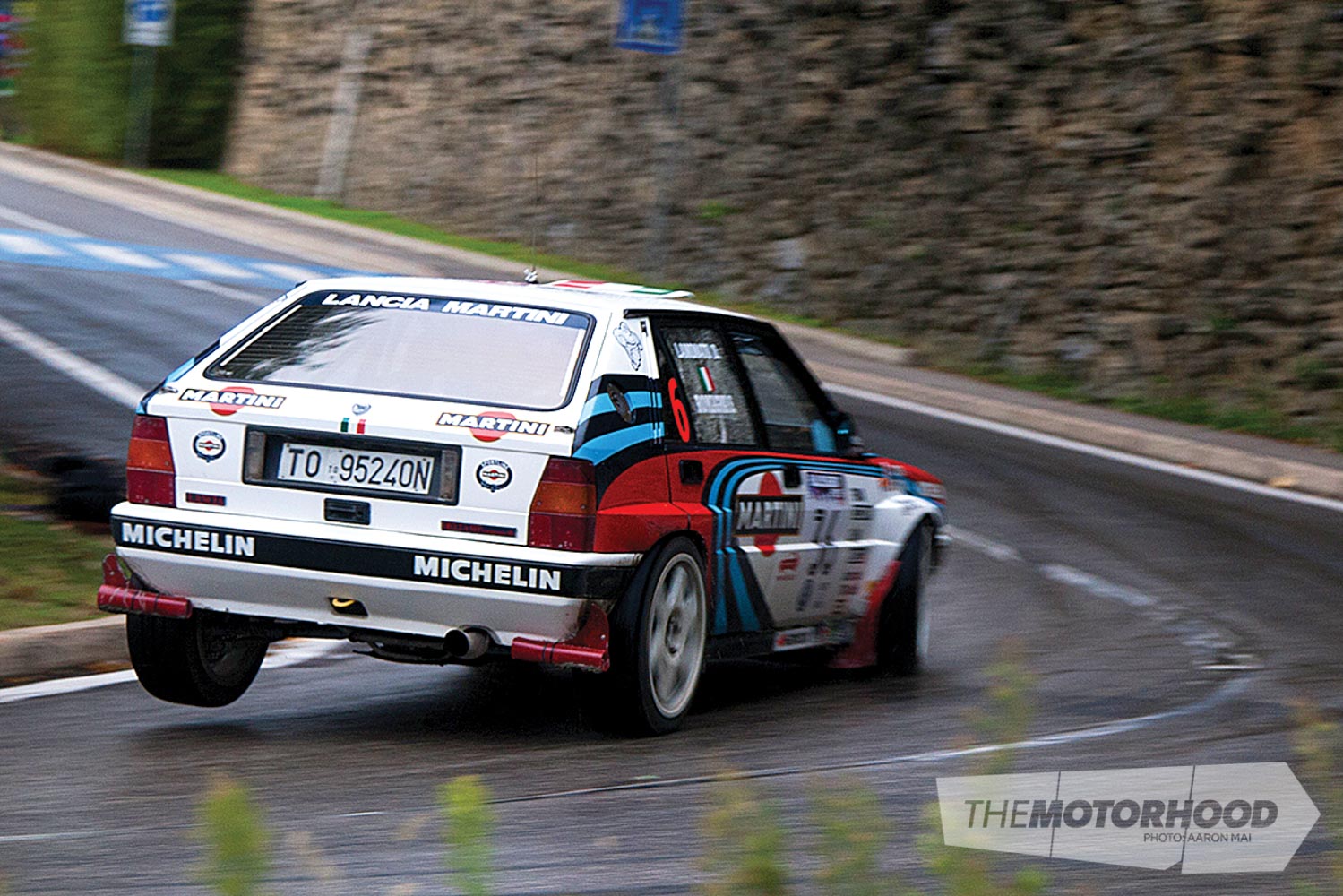
The old medieval town of San Marino, with its narrow cobblestone streets, is the perfect location for an event like this. The road conditions are identical in every way to those on which most of these machines were run in anger back in their heyday.
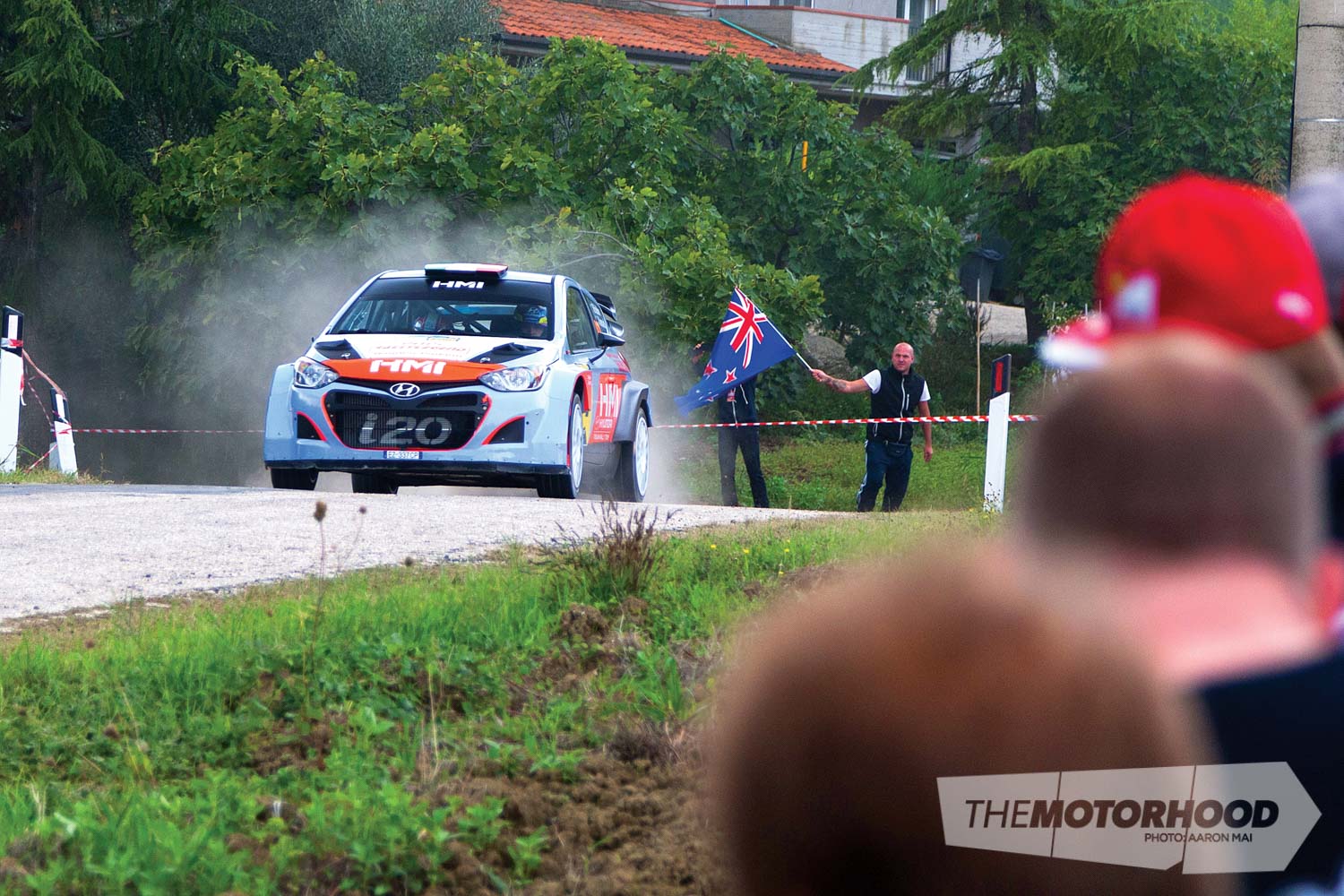
Each day, the stages are opened by two modern World Rally Championship (WRC) machines. In 2015, Jari Matti Latvala and New Zealand’s own Hayden Paddon drove the designated safety cars. They preceded the main field and ran through the stages at pace to warn the crowds and ensure that the stage was clear for the first Group B cars behind them. It’s an important part of rally safety, although, if we are brutally honest, this was more of a chance to showboat the VW and Hyundai rally cars, and it quickly turned into a battle to see who could take the hairpins at the most extreme angle and remain sideways the longest.
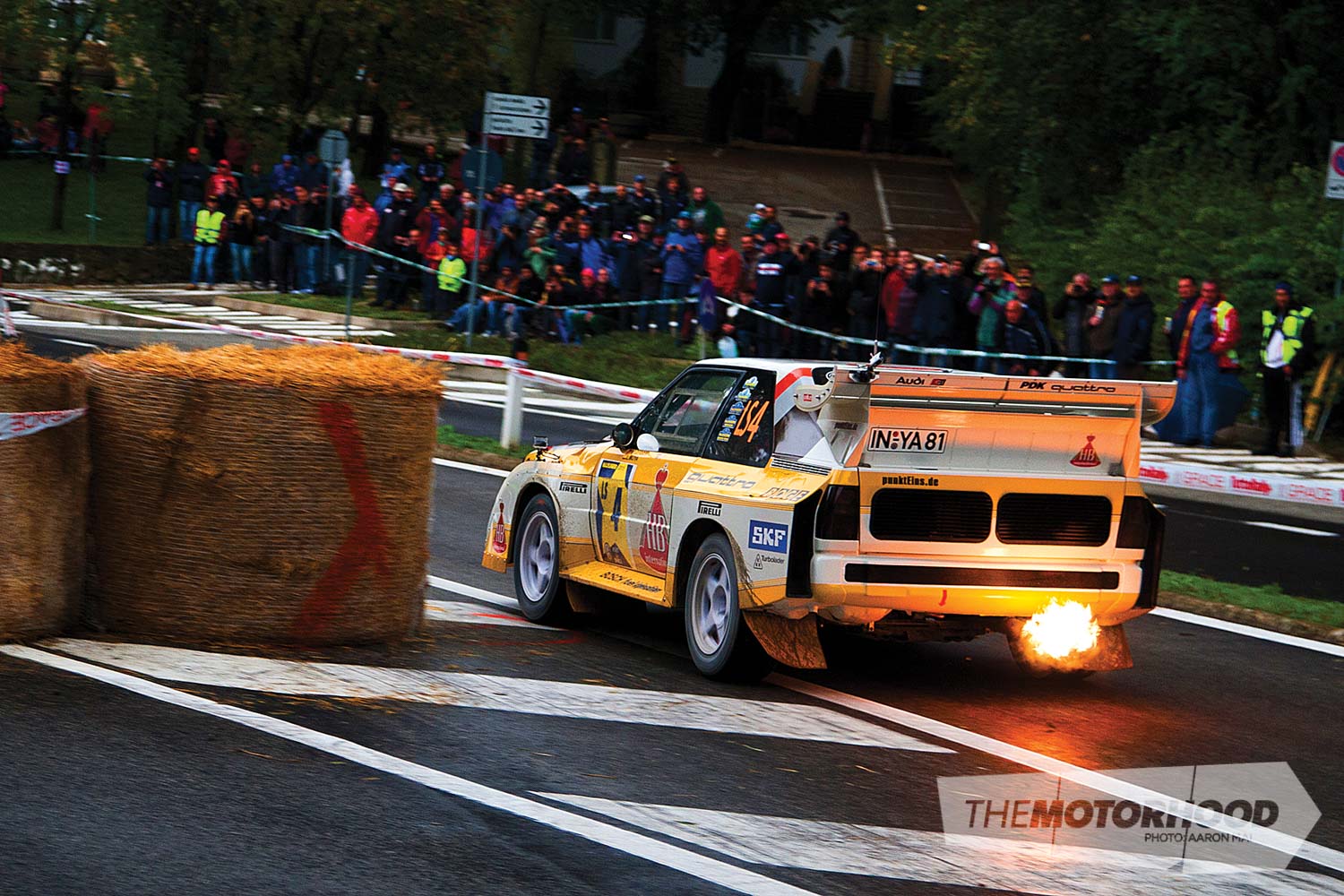
Names such as Markku Alén, Miki Biasion, and Juha Kankkunen haven’t been seen on rally timesheets for quite some time, and, for many of these drivers, this was the first time they had got behind the wheel of these machines without any pressure to put their life on the line, stage after stage. Markku remembers vividly what it was like competing in his Lancia S4: “It was a long time ago, but I still remember. All the time, you were wondering when would be your next accident, and death was always in the back of our minds as we started each stage.”
Rallylegend treats the drivers and fans to three stages per day, two in the daylight and one in the inky darkness of the Italian night. For many, this is how rallying should be. The only significant difference is that nobody is really too worried about the stopwatch — it’s not how fast you make it to the end; it is about having as much fun as you can the whole way there.
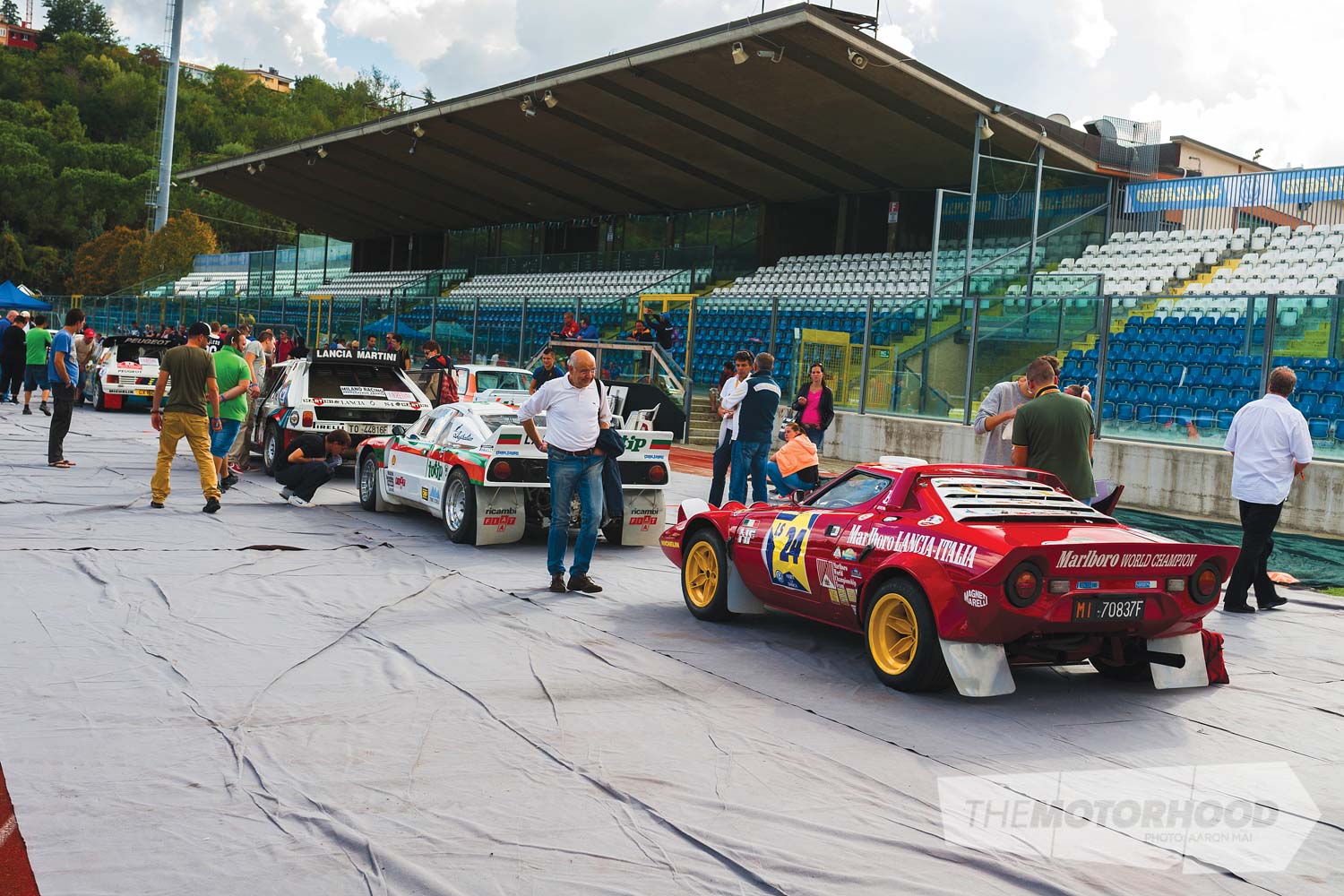
In 2015, the Tour de Corse consisted of three days and 332km of special stages. Back in 1985, the event was the same three days, yet saw the drivers wrestling with the cars for 1075km of competitive stages. There was no doubt about the fatigue that set in, and, after a string of accidents throughout the decade of Group B, on May 2, 1986, Henri Toivonen gave a midday service interview to TV. He said, “On the slow stages, which is only 50 per cent pace to listen to the notes, where is the gravel, where is the water, it’s crazy you know. There isn’t a brain that can work so hard.” When asked if it was just he who thought this way, he replied, “Well everyone agrees, but many of them are already dead.” Less than an hour after giving the interview, at 2.40pm, Henri and his co-driver, Sergio Cresto, were aboard their Lancia S4 when it left the road and burst into flames. Neither of them made it out of the car. It was this corner, just outside Corte, that effectively killed Group B and banished the class to the history books.
Rallylegend is an event that brings back the best — and worst — of rallying but for all the right reasons. The legends who drove, and were driven, come together to celebrate and toast the darkest yet brightest and most incredible days the sport of rallying has ever seen.
This article originally appeared in NZ Performance Car Issue No. 231. You can get yourself a print copy or digital copy of the magazine at the links below:
